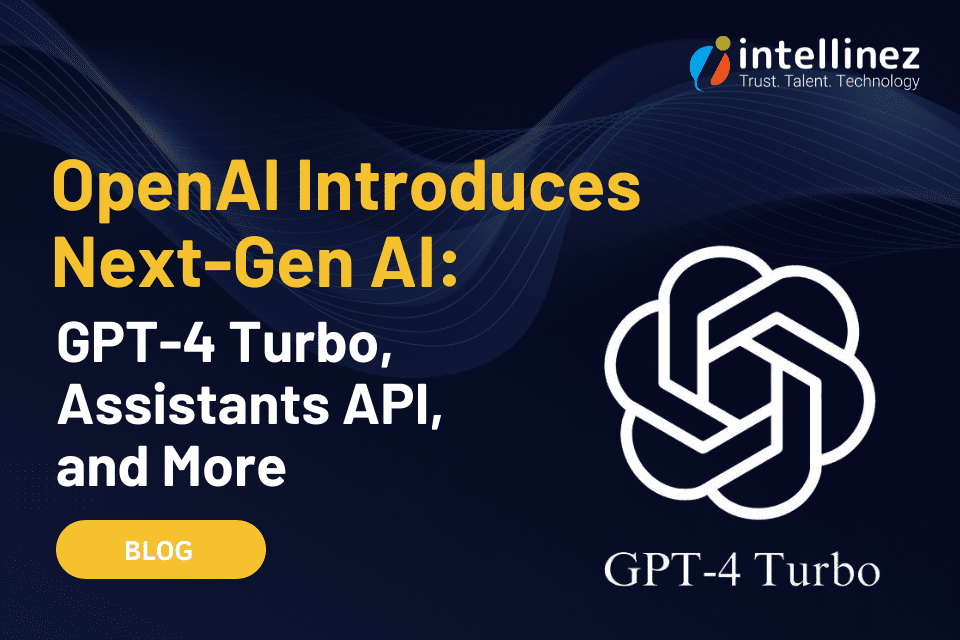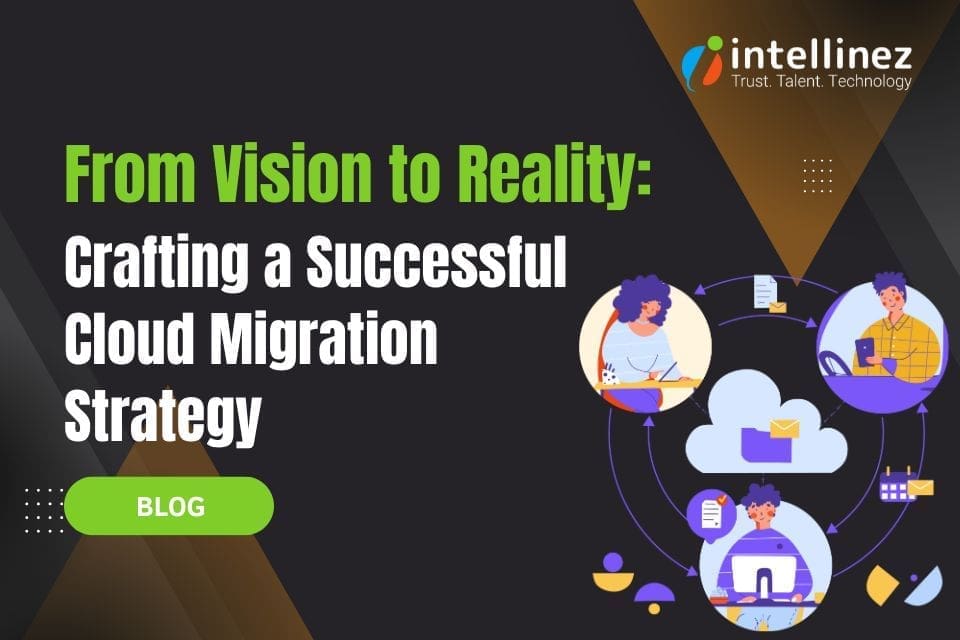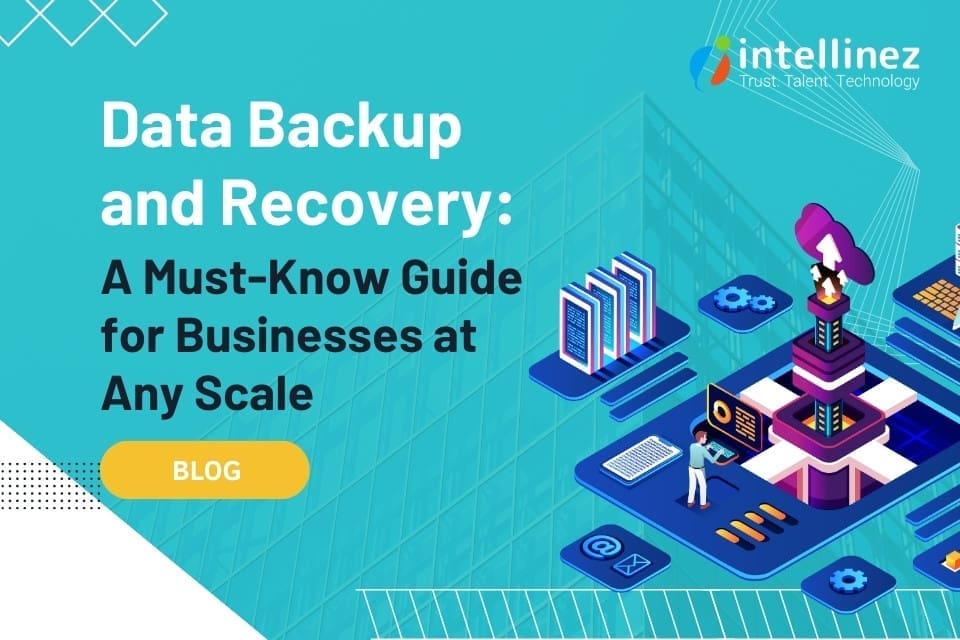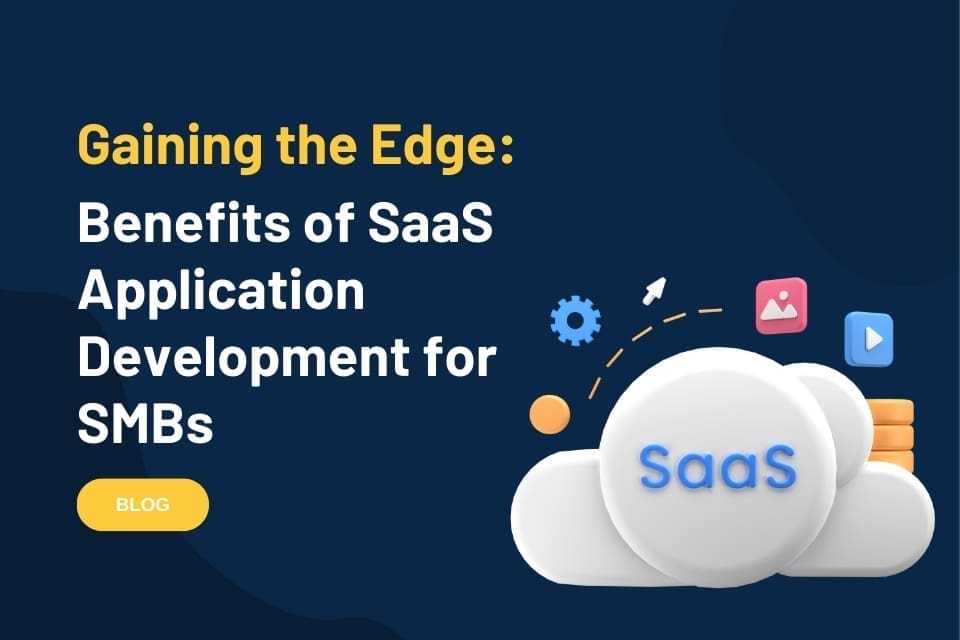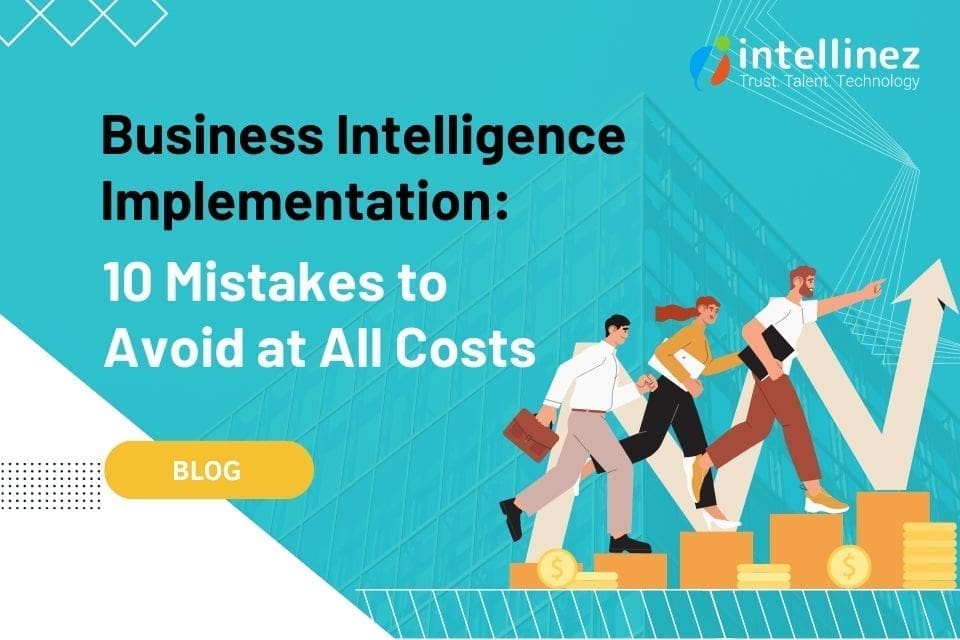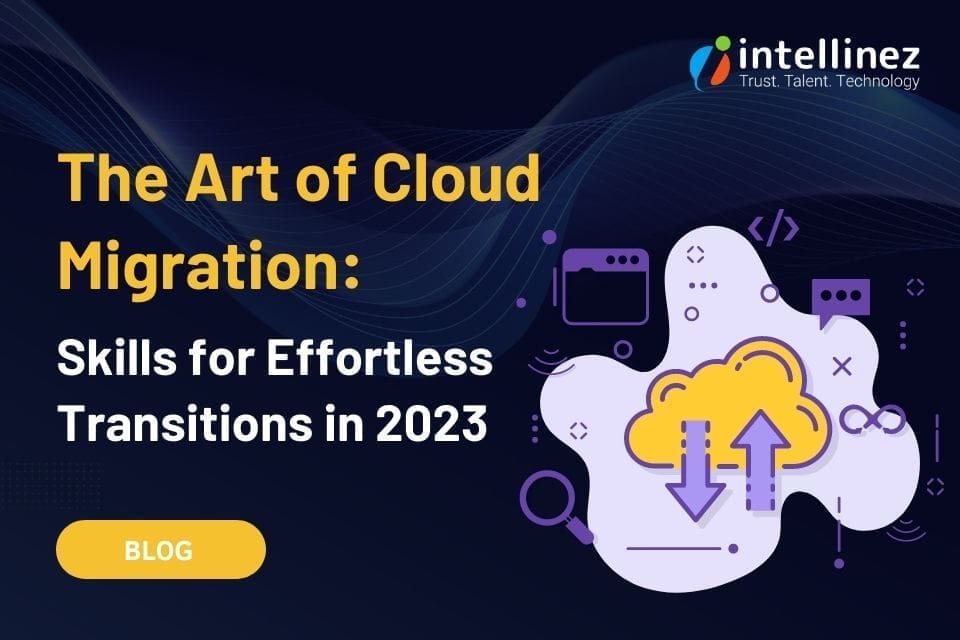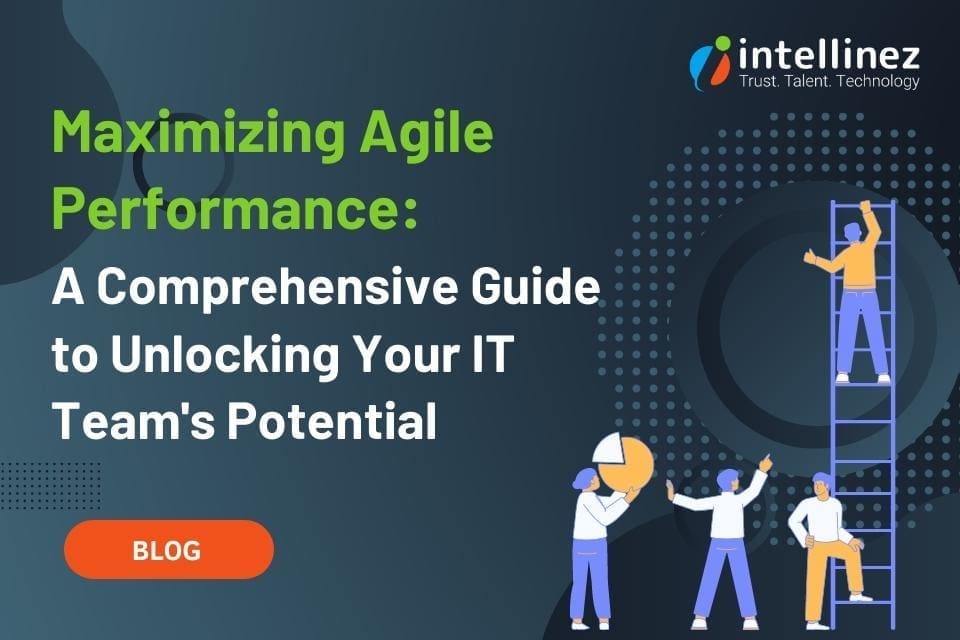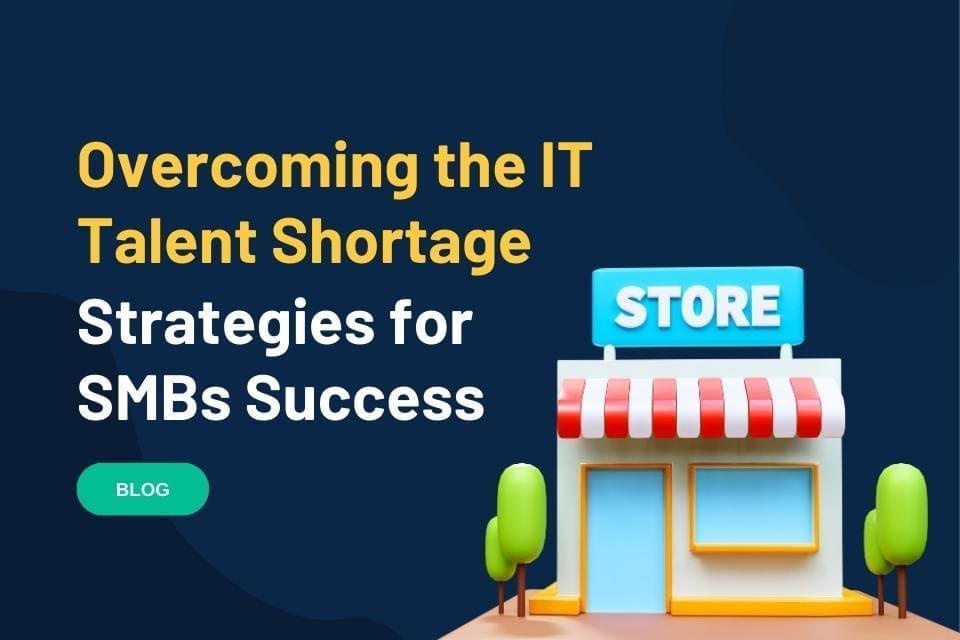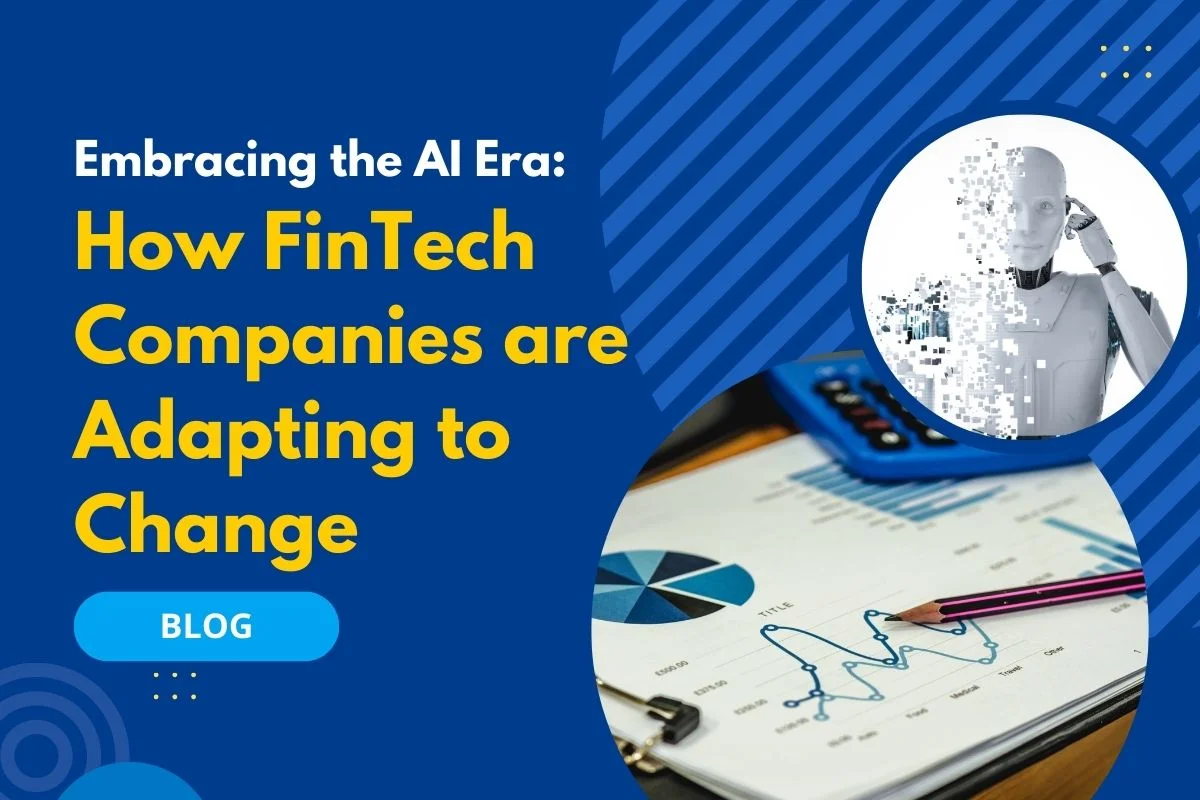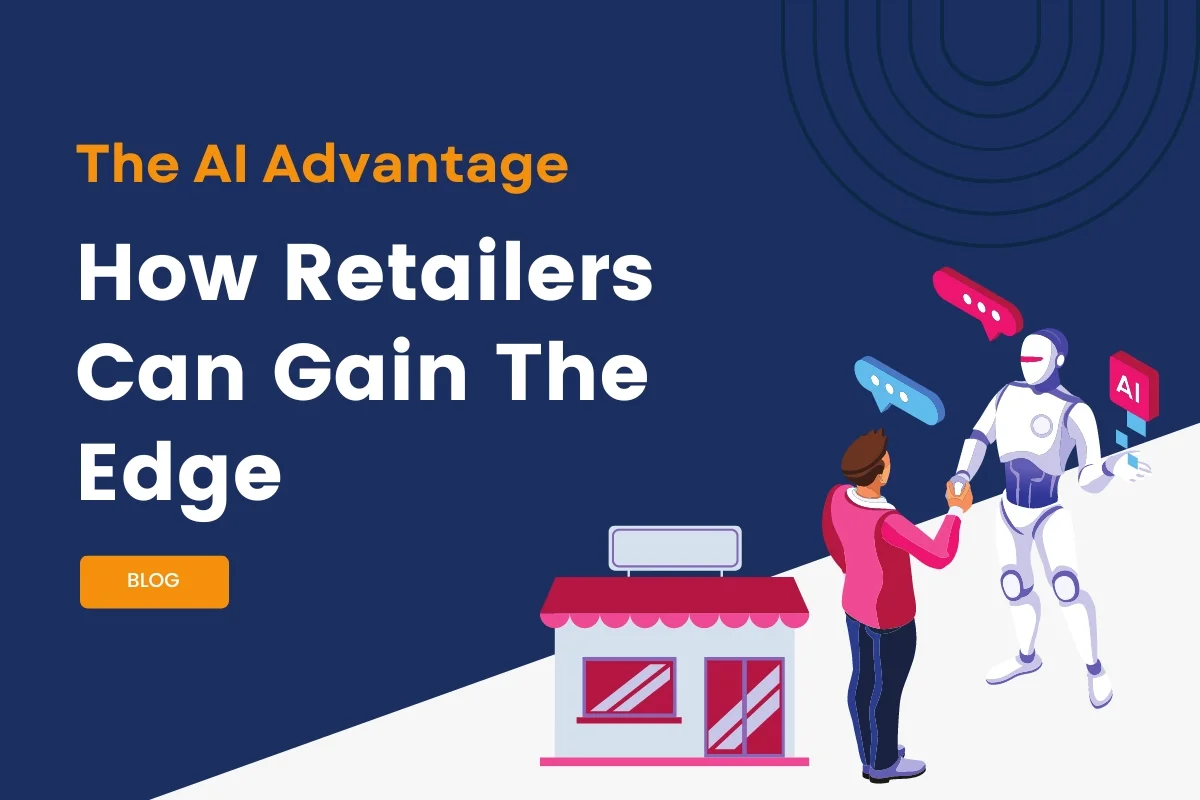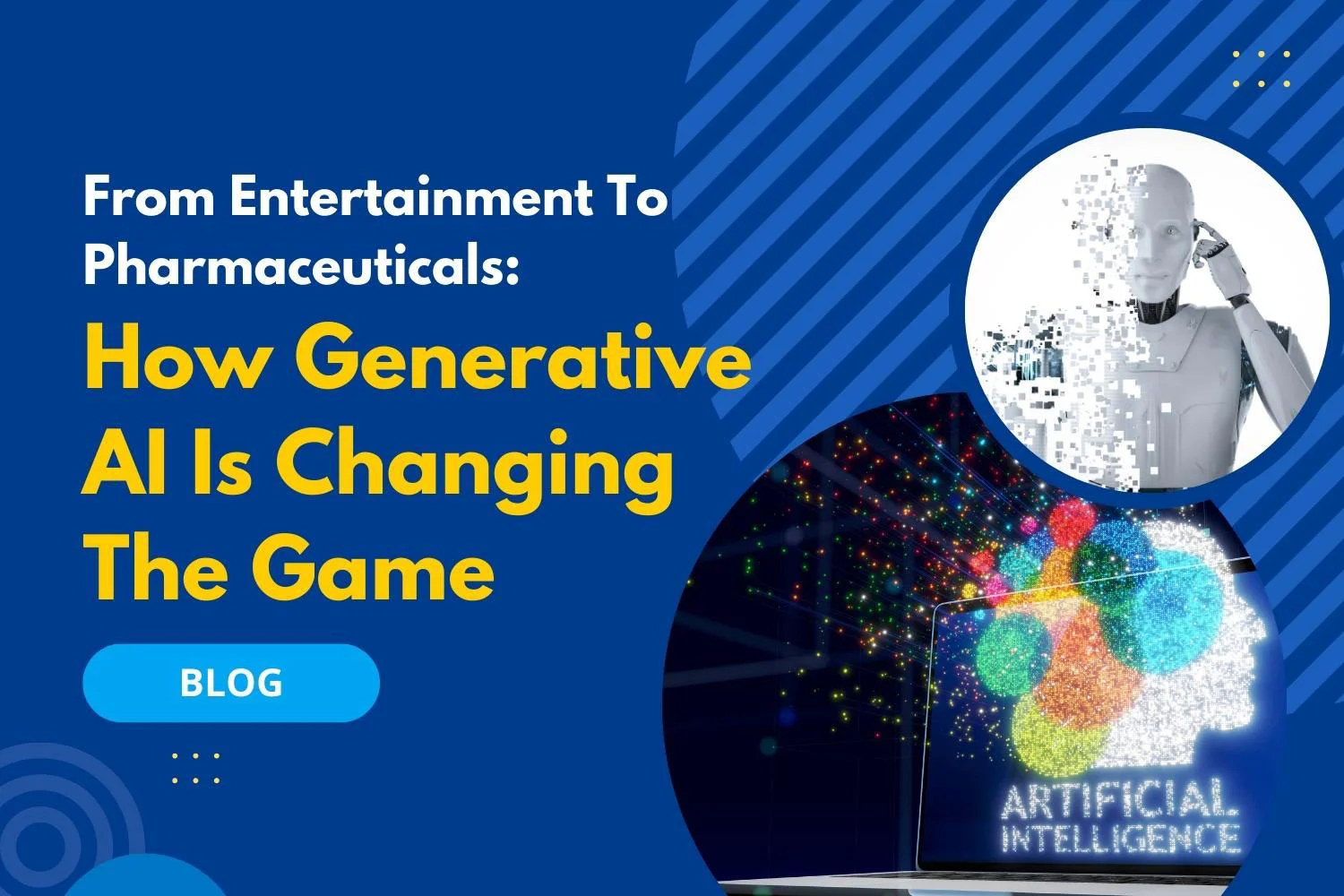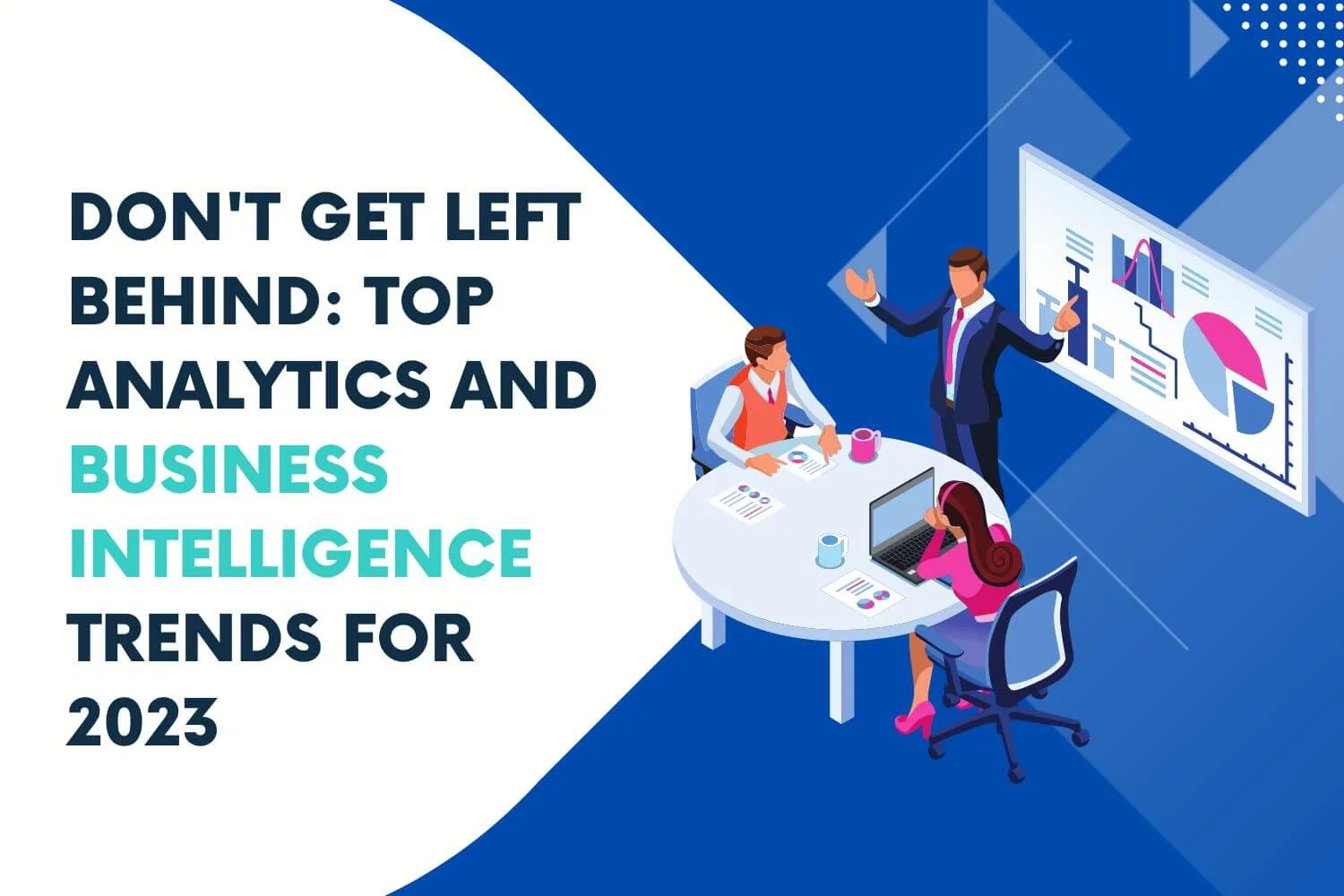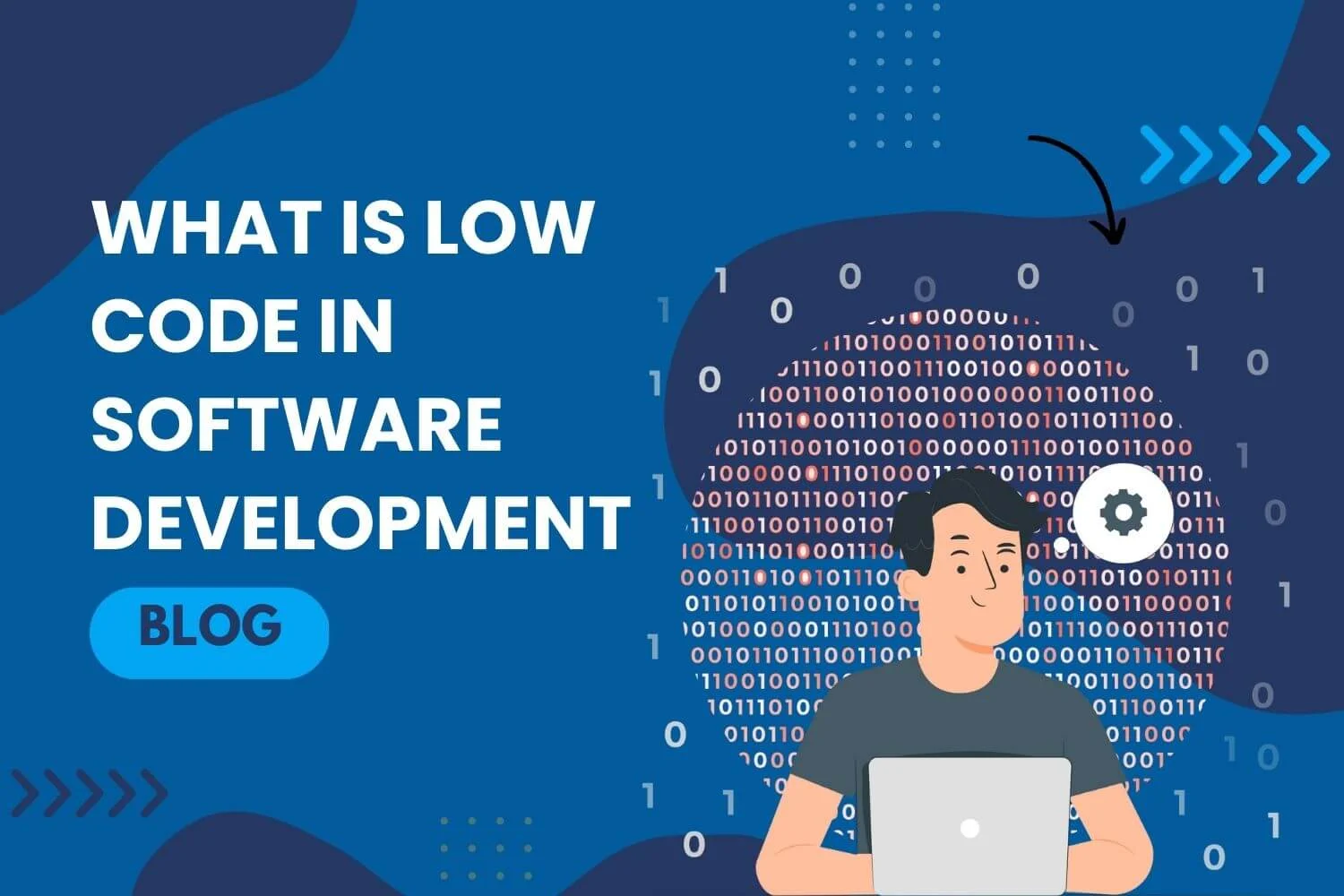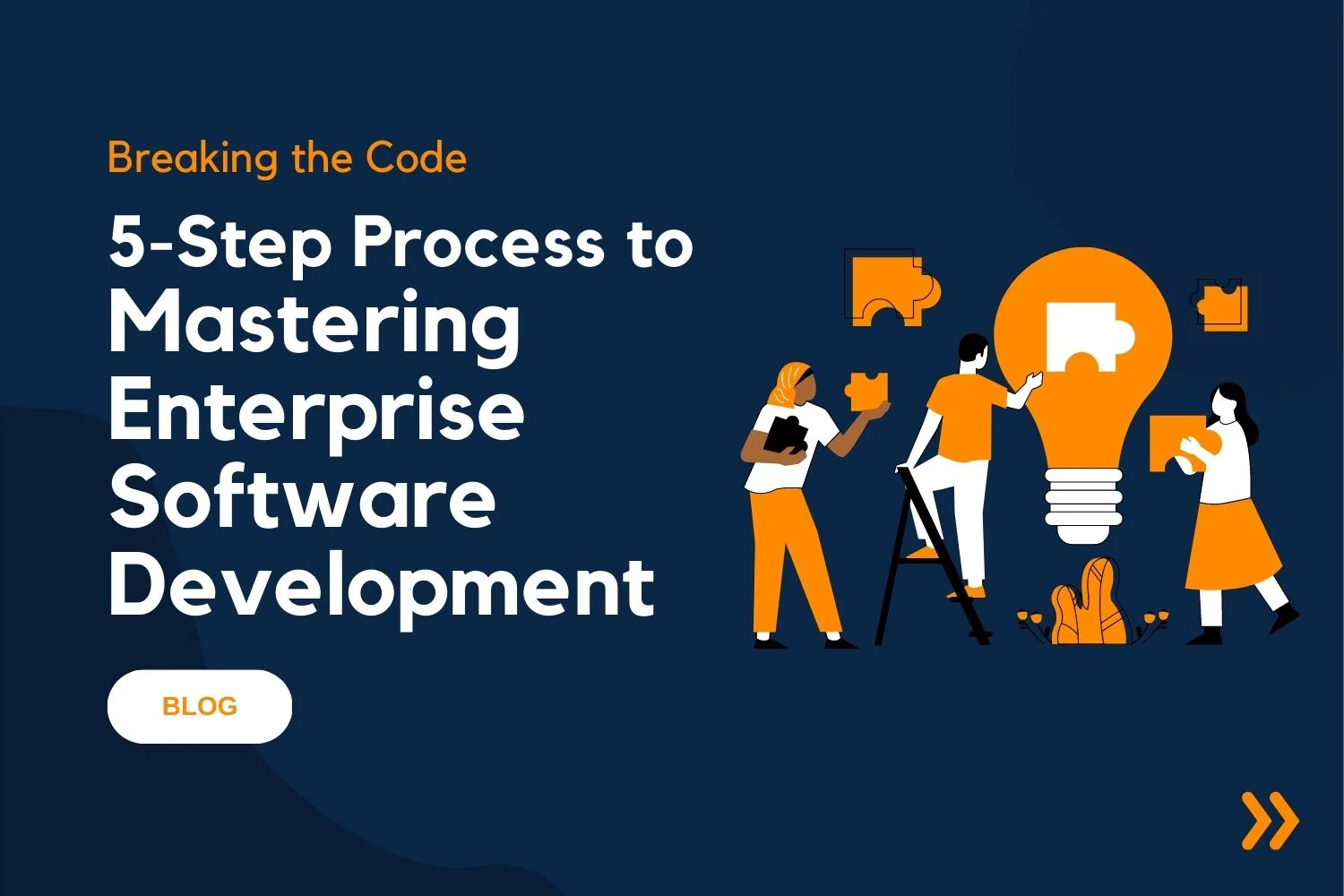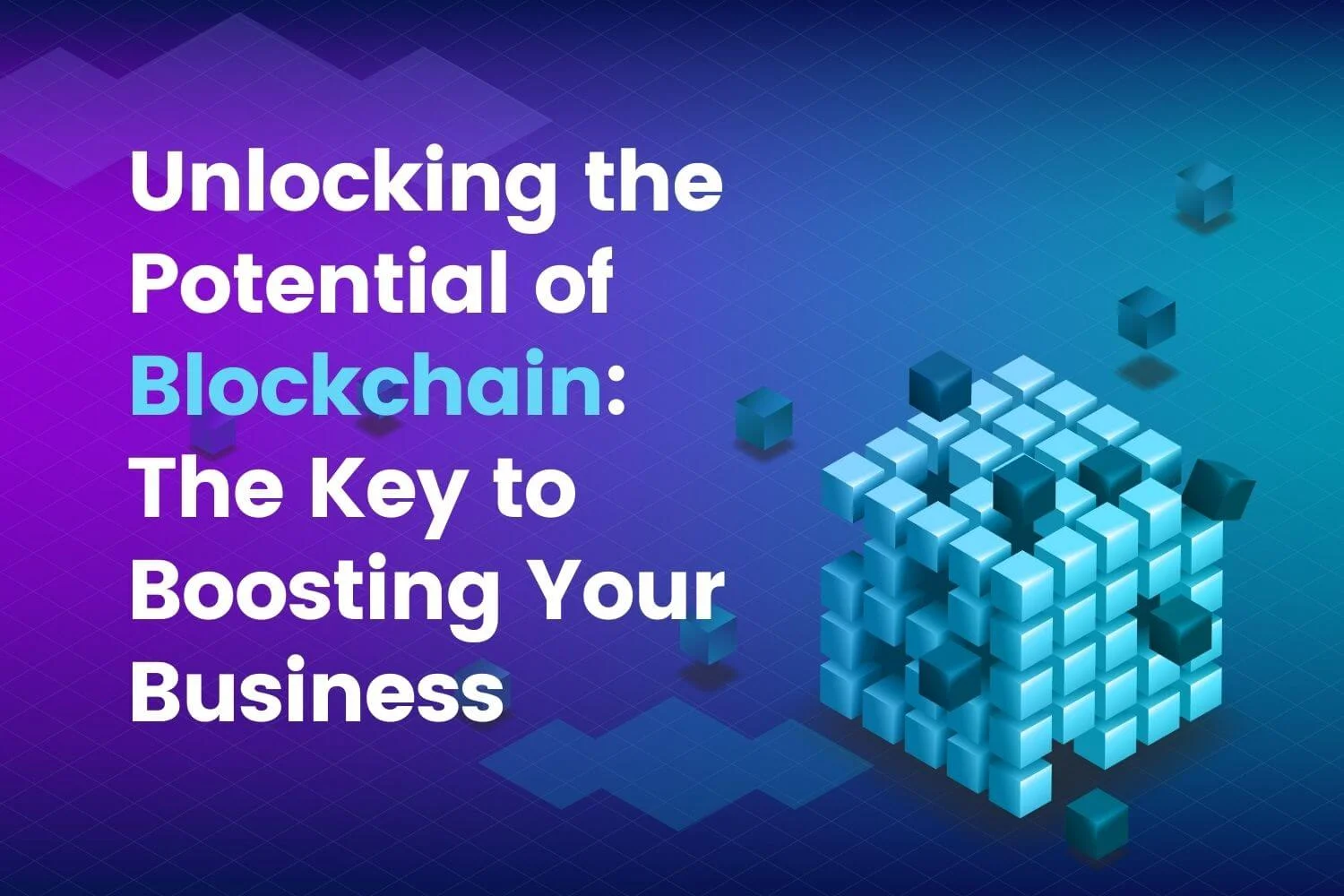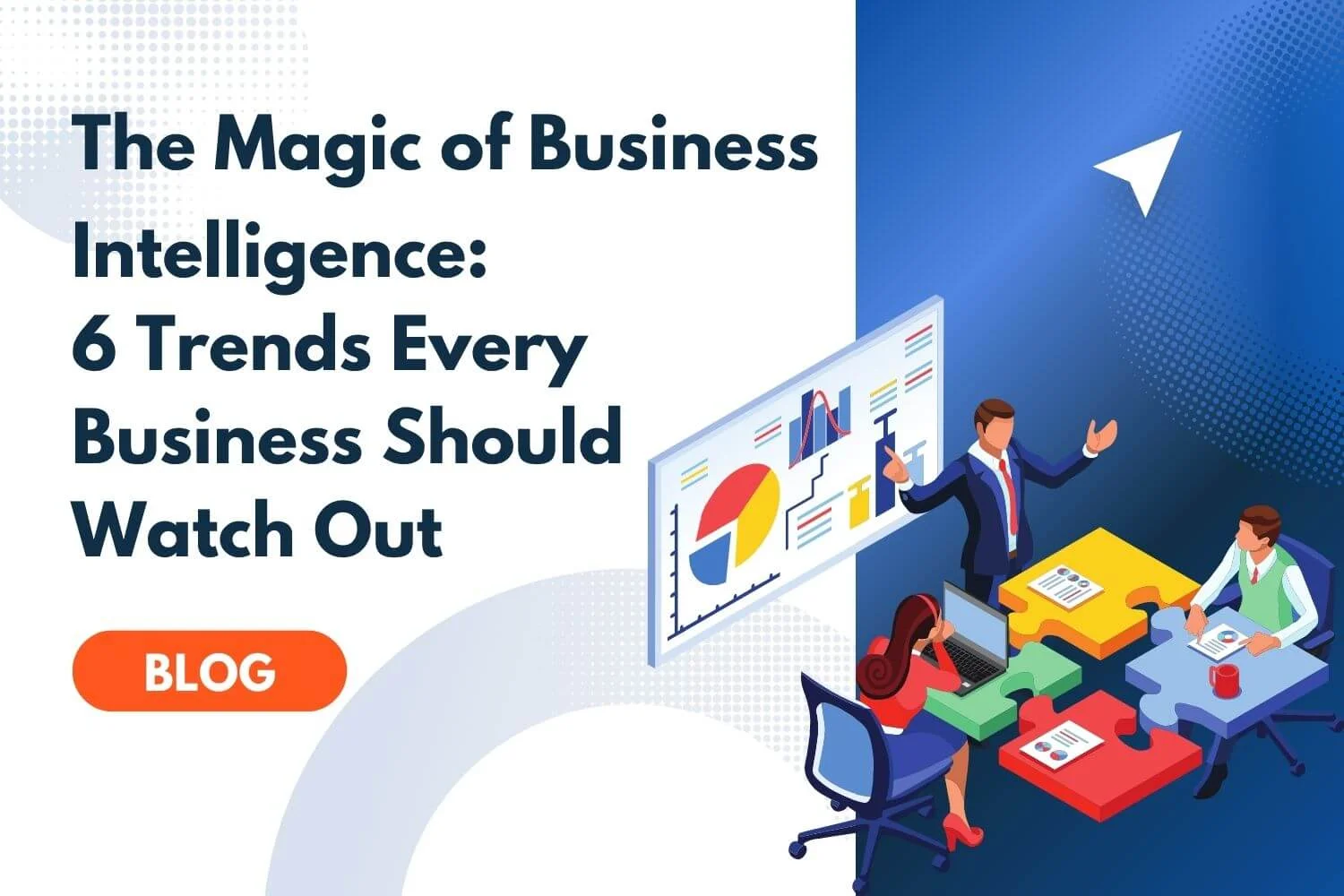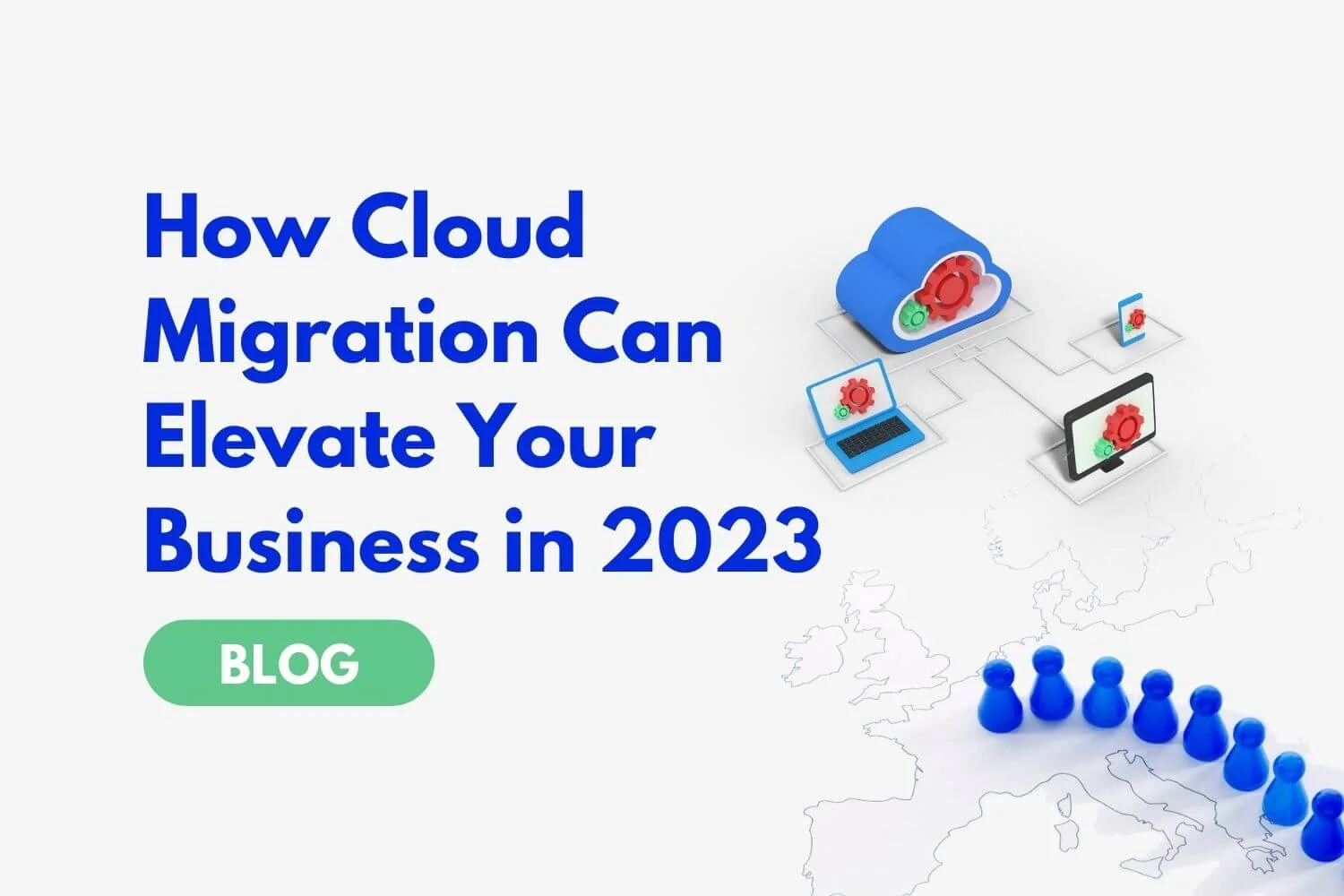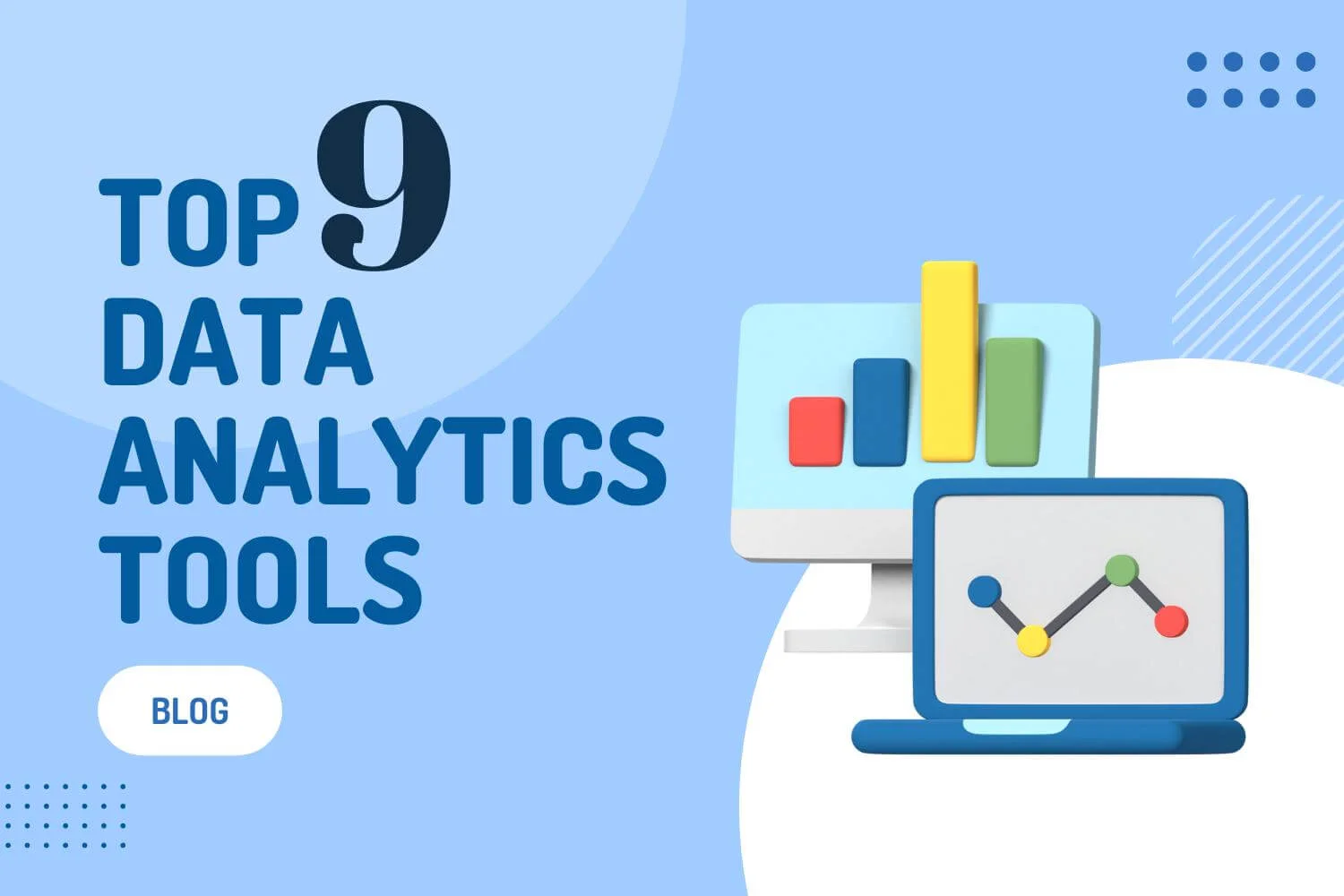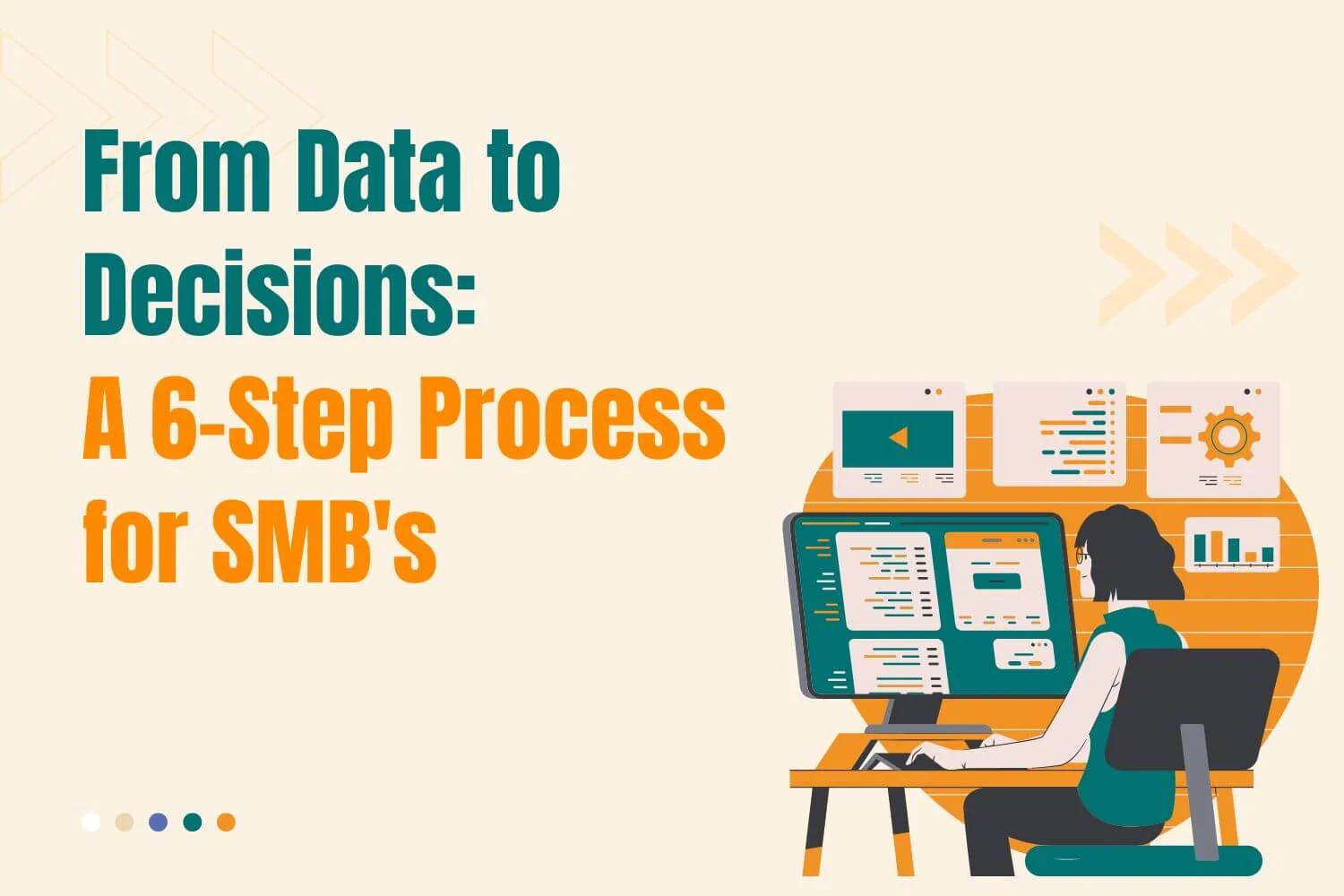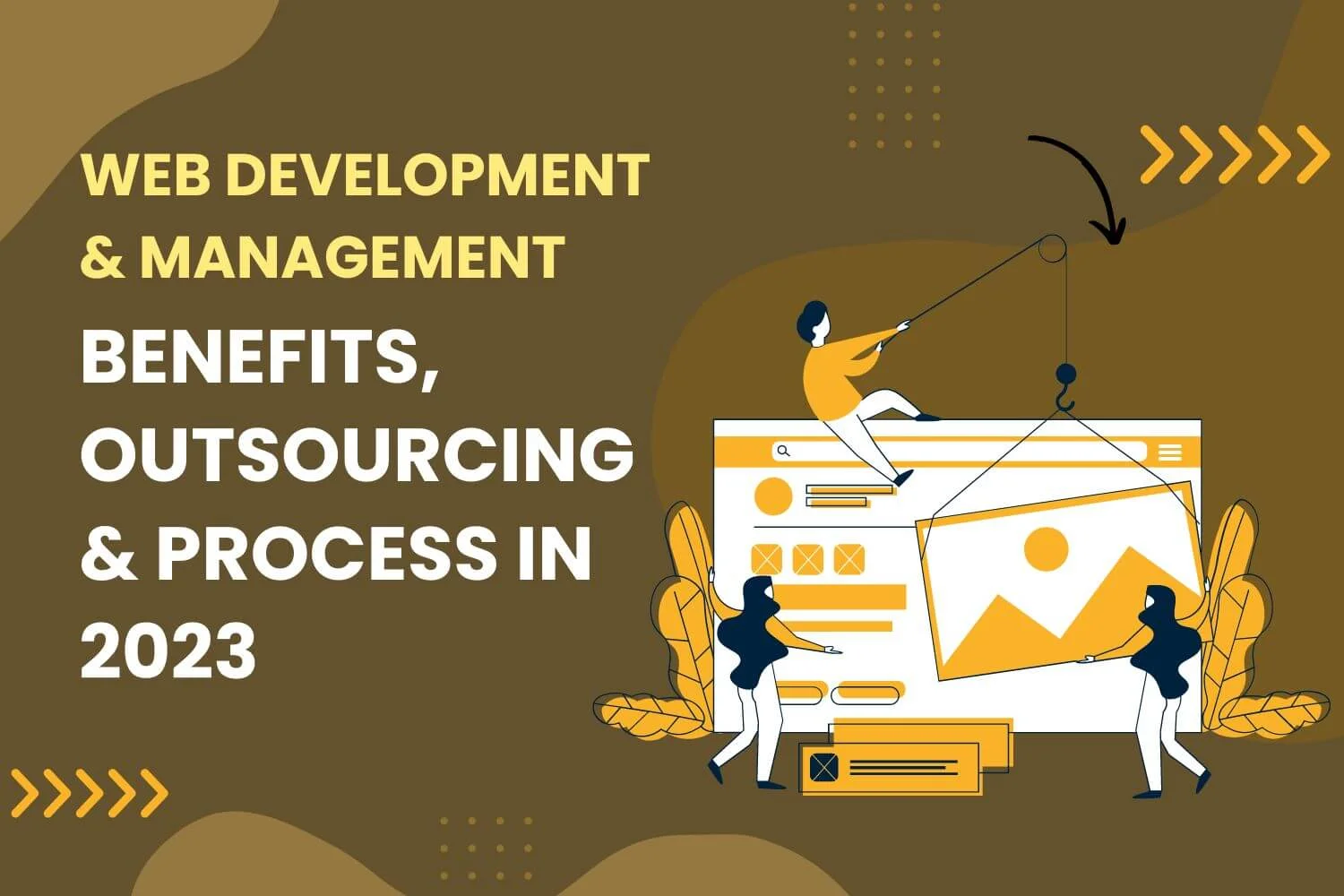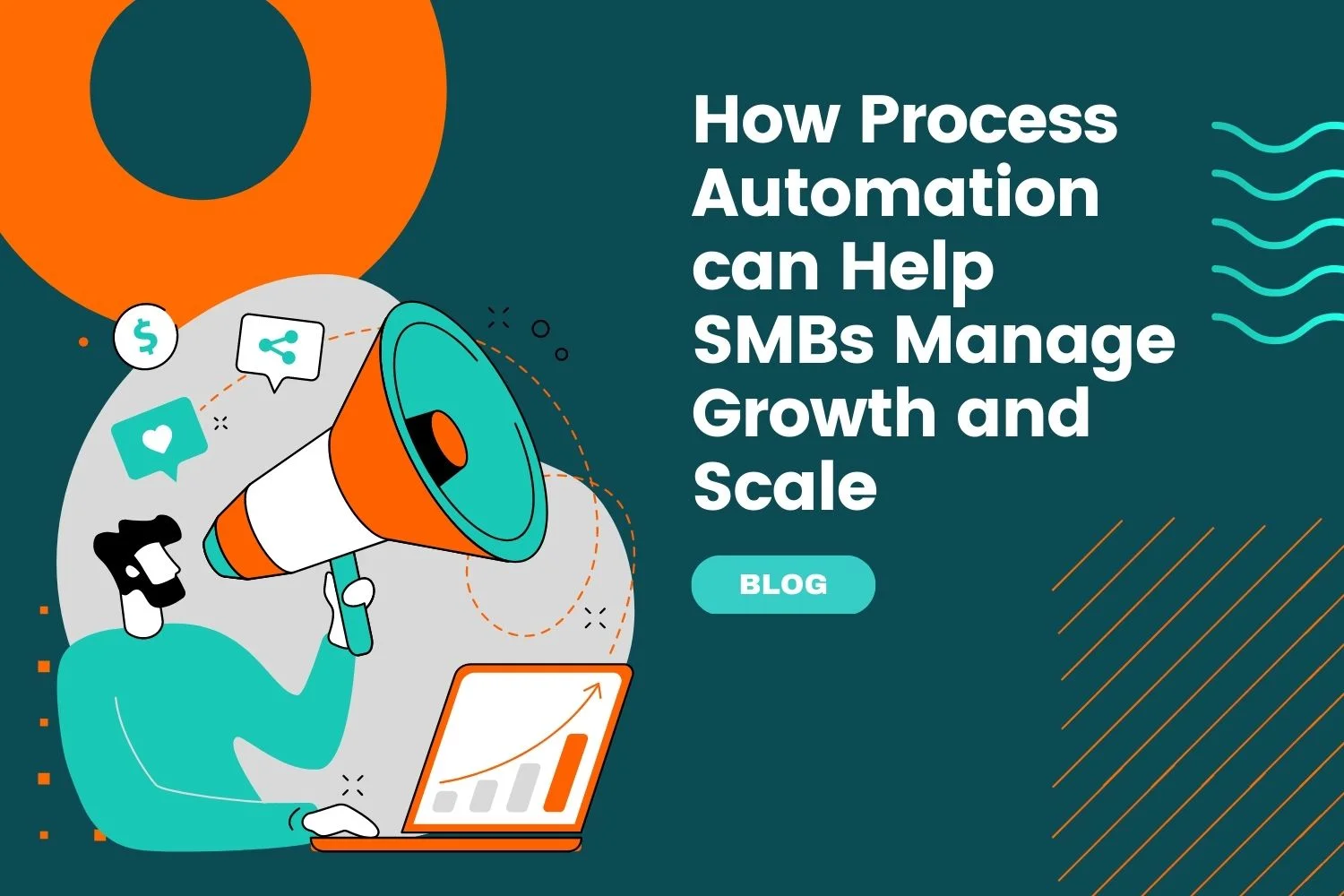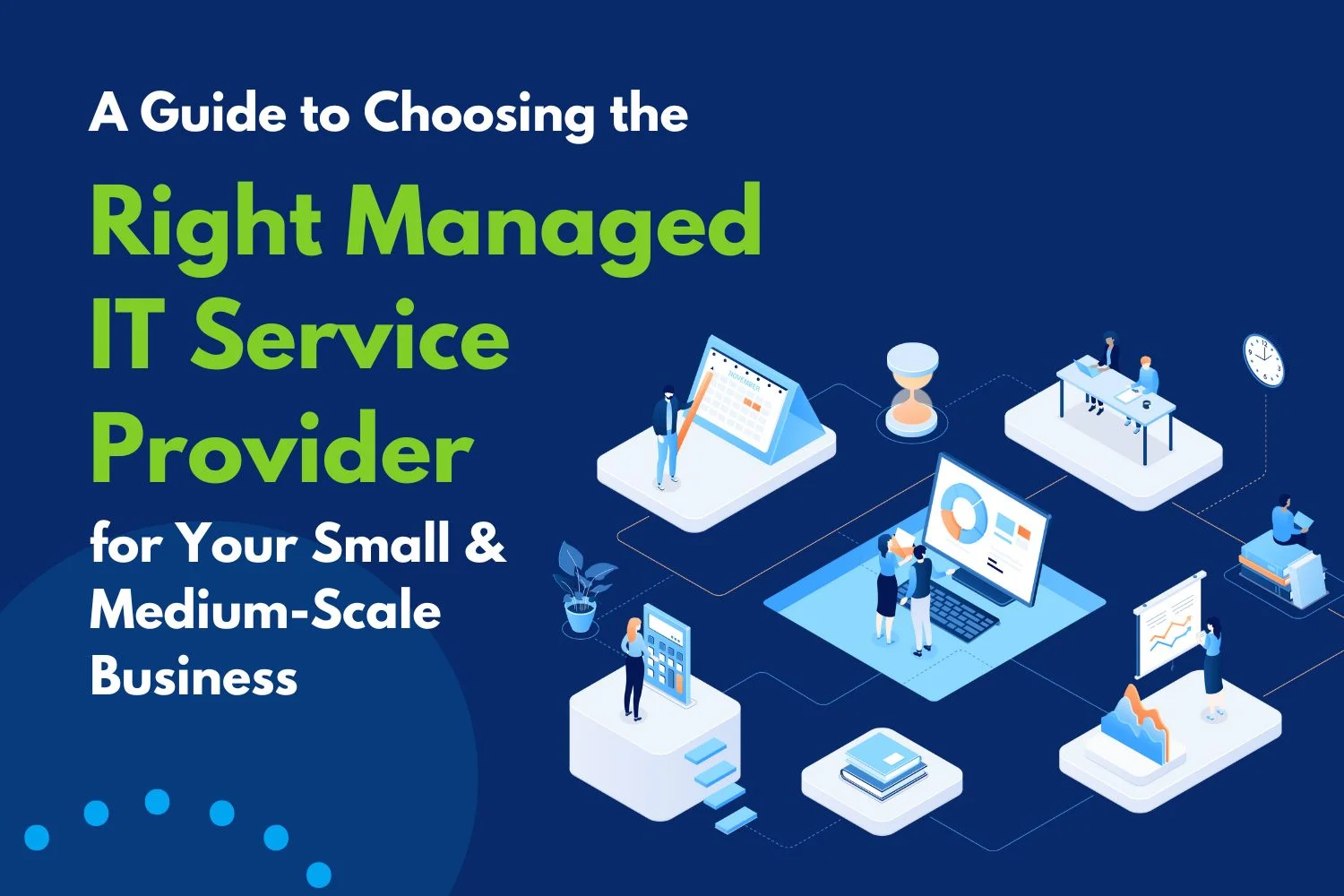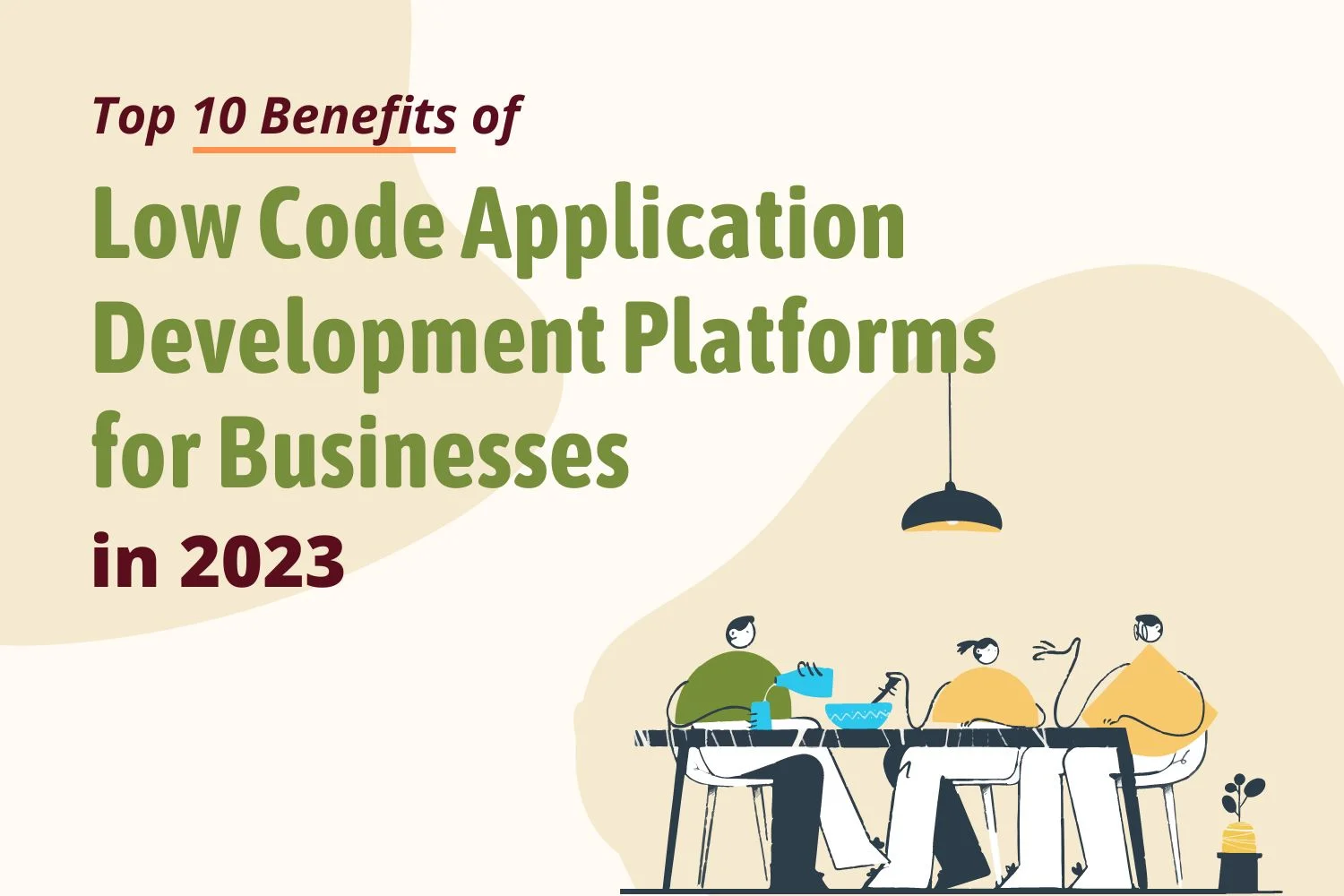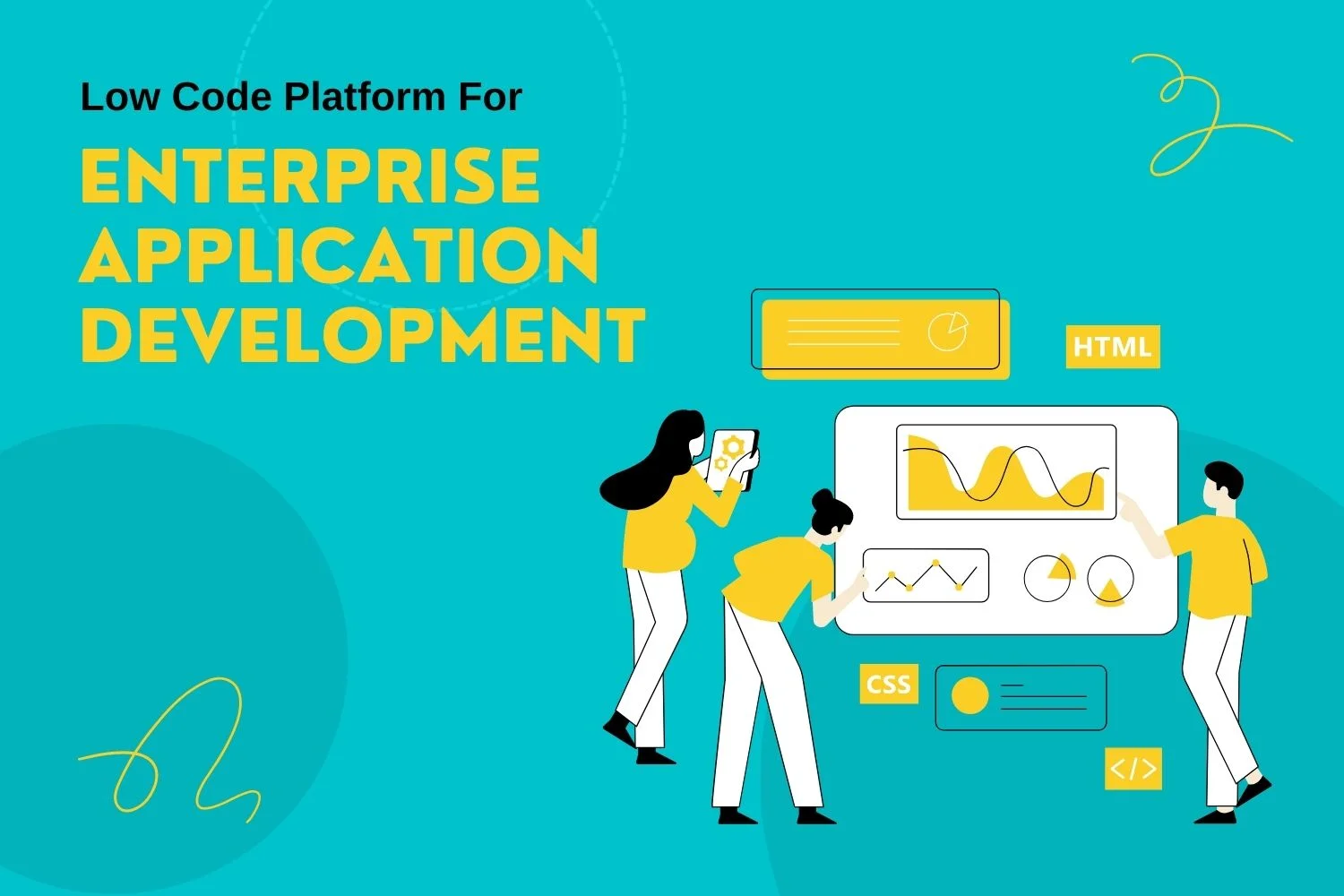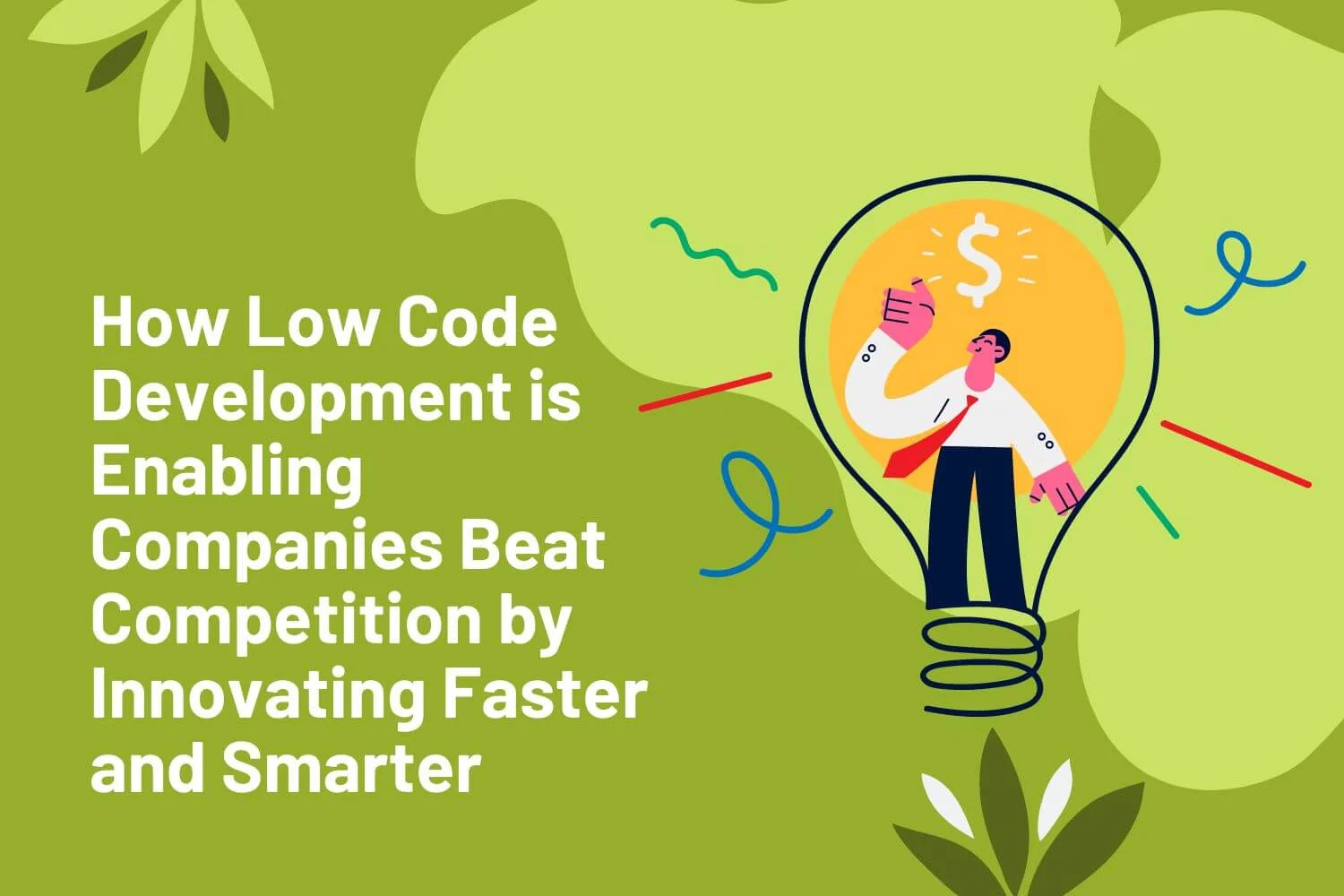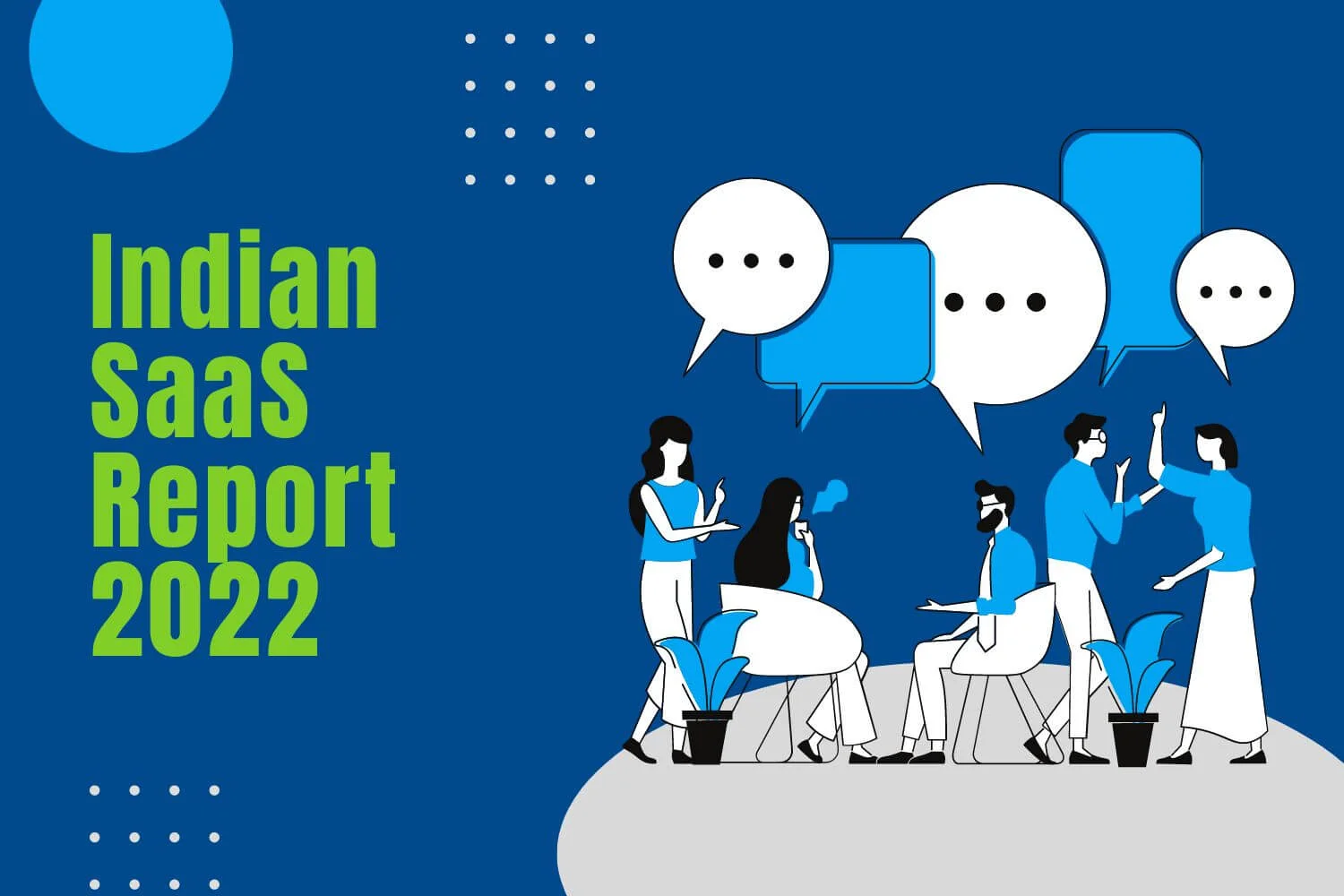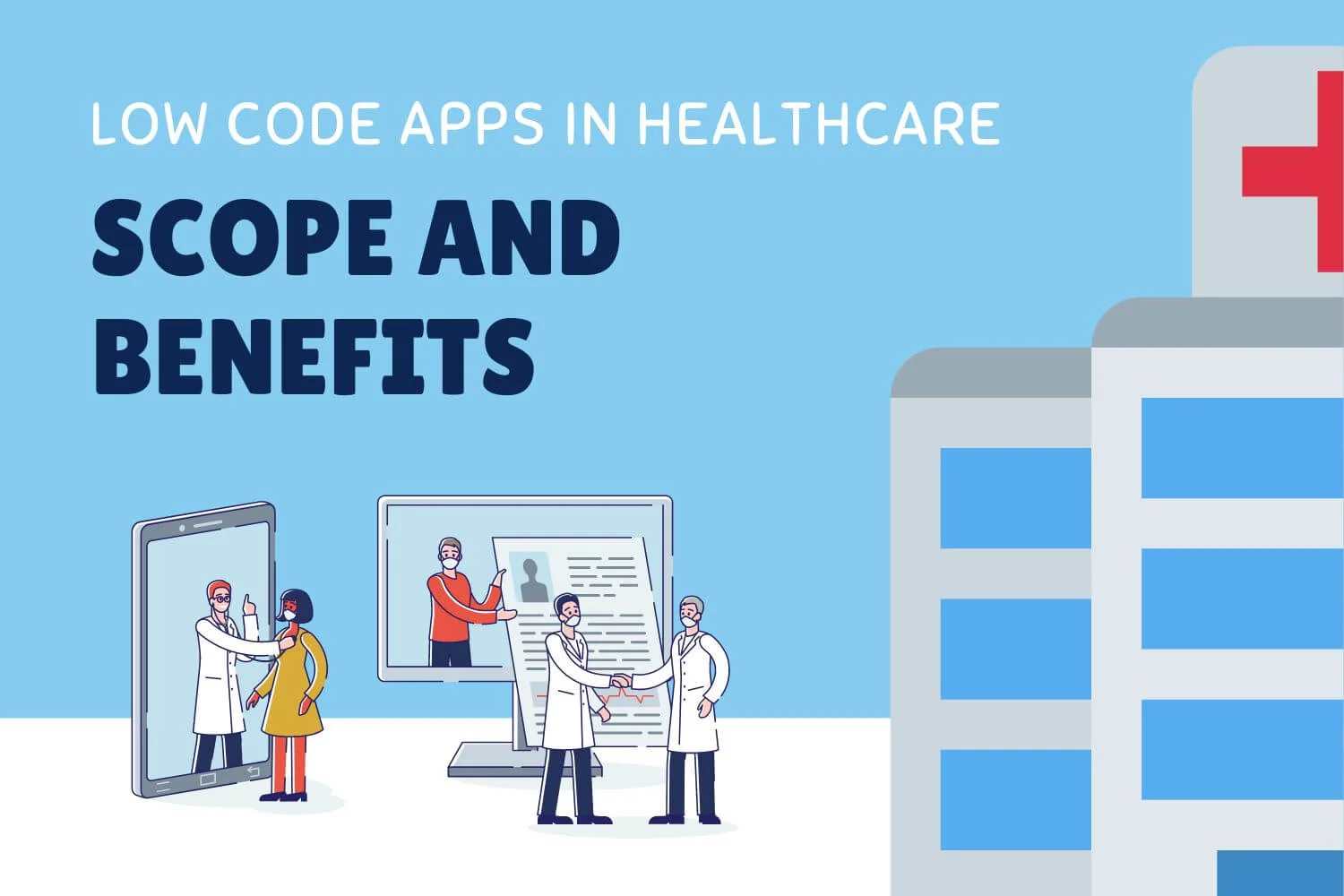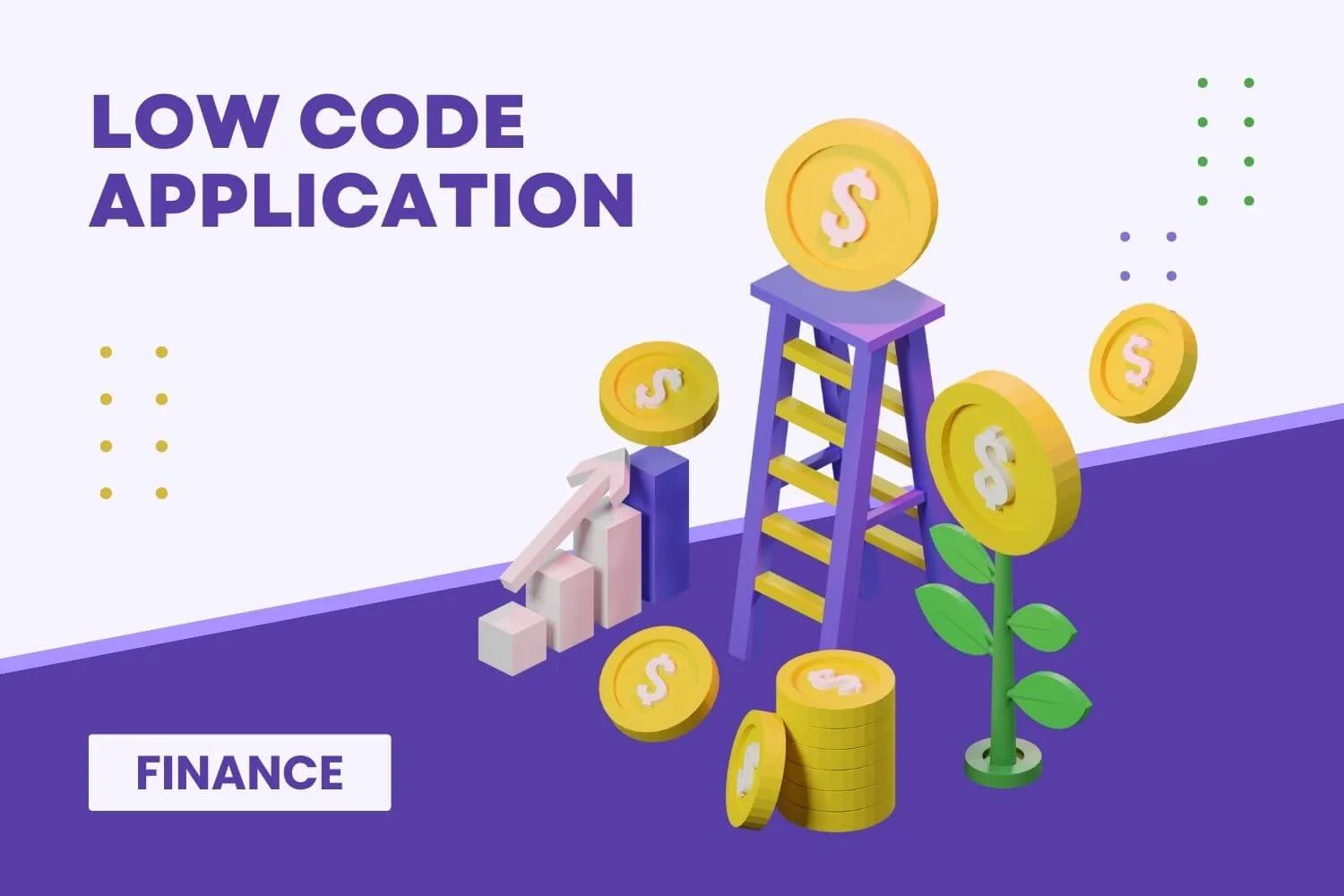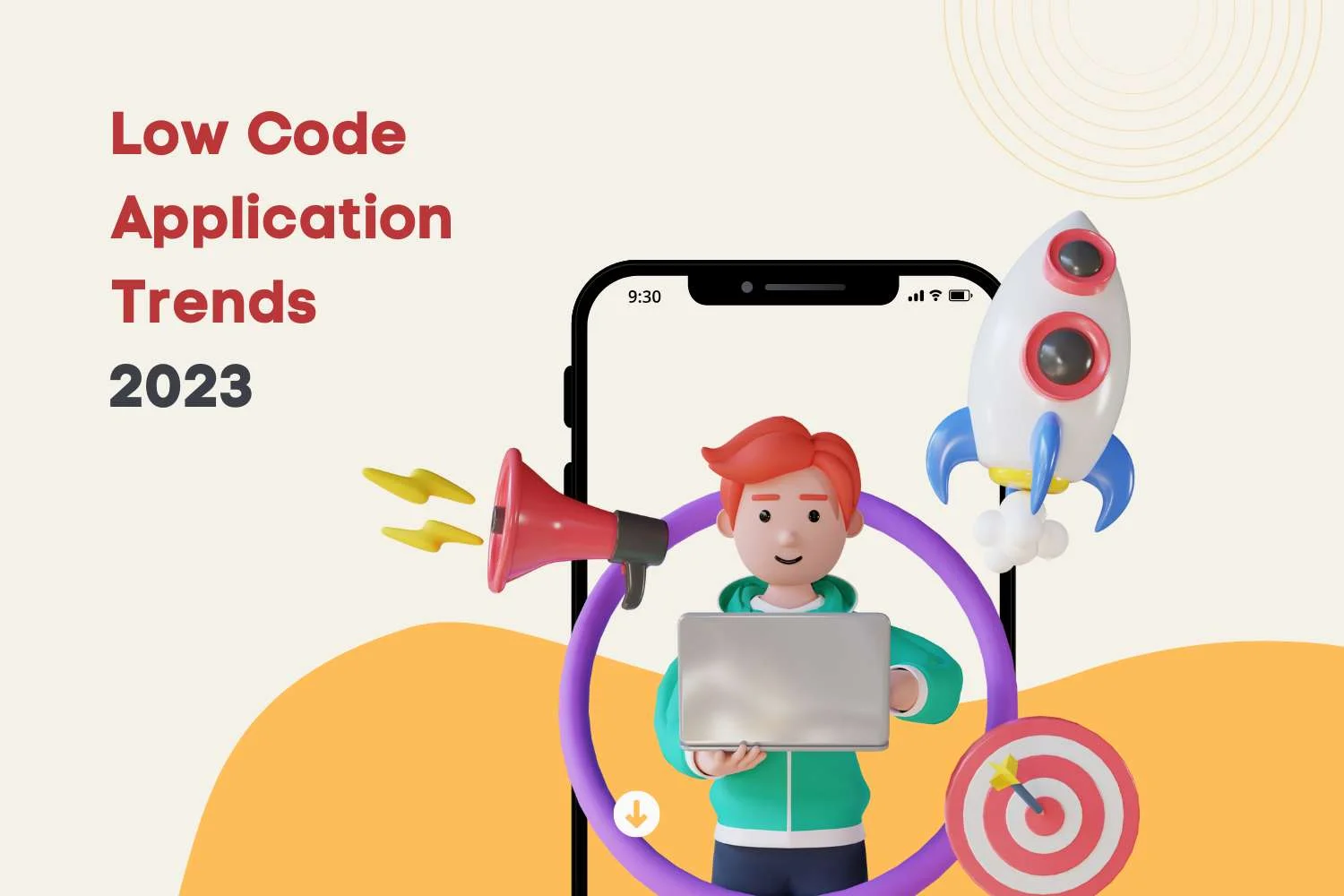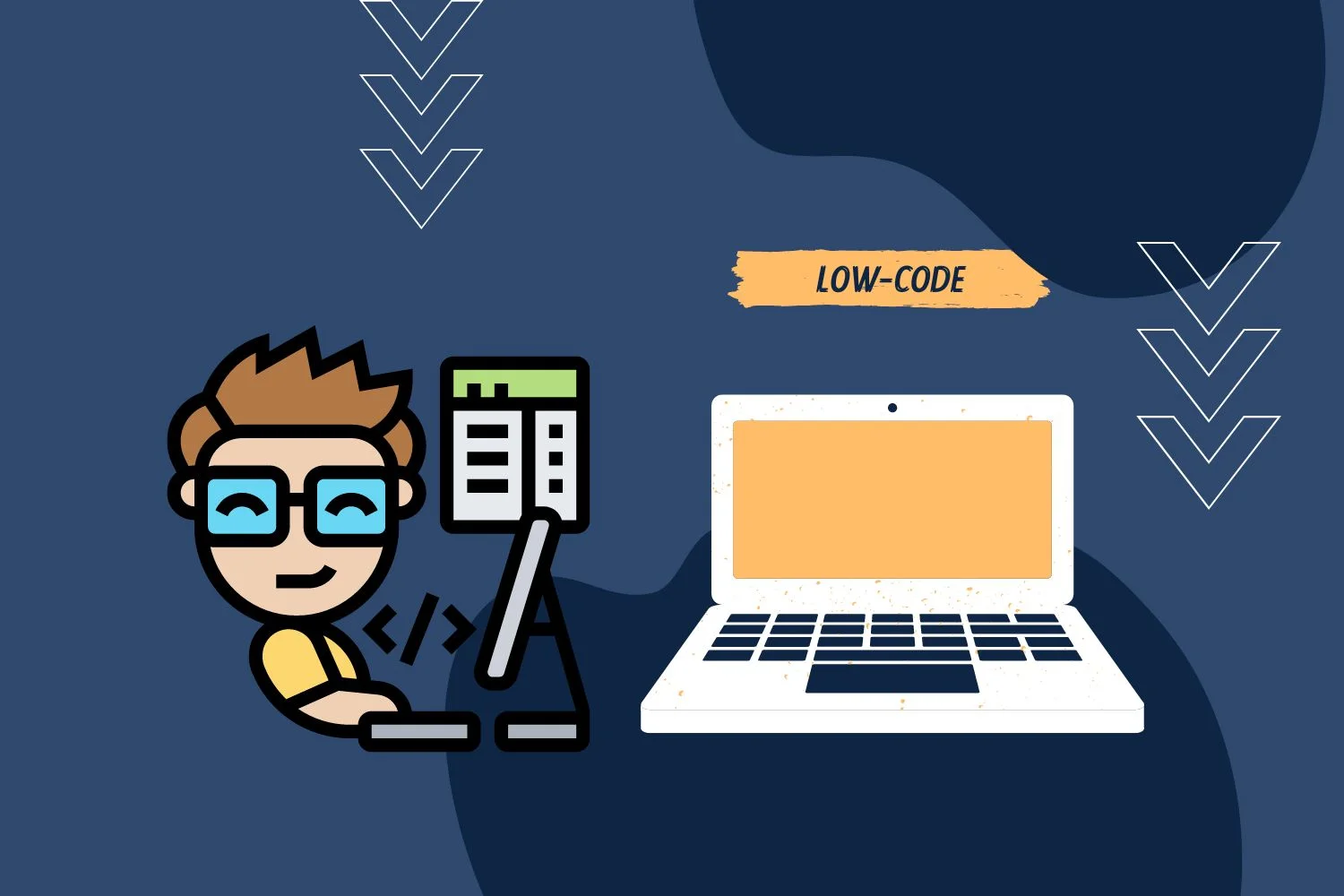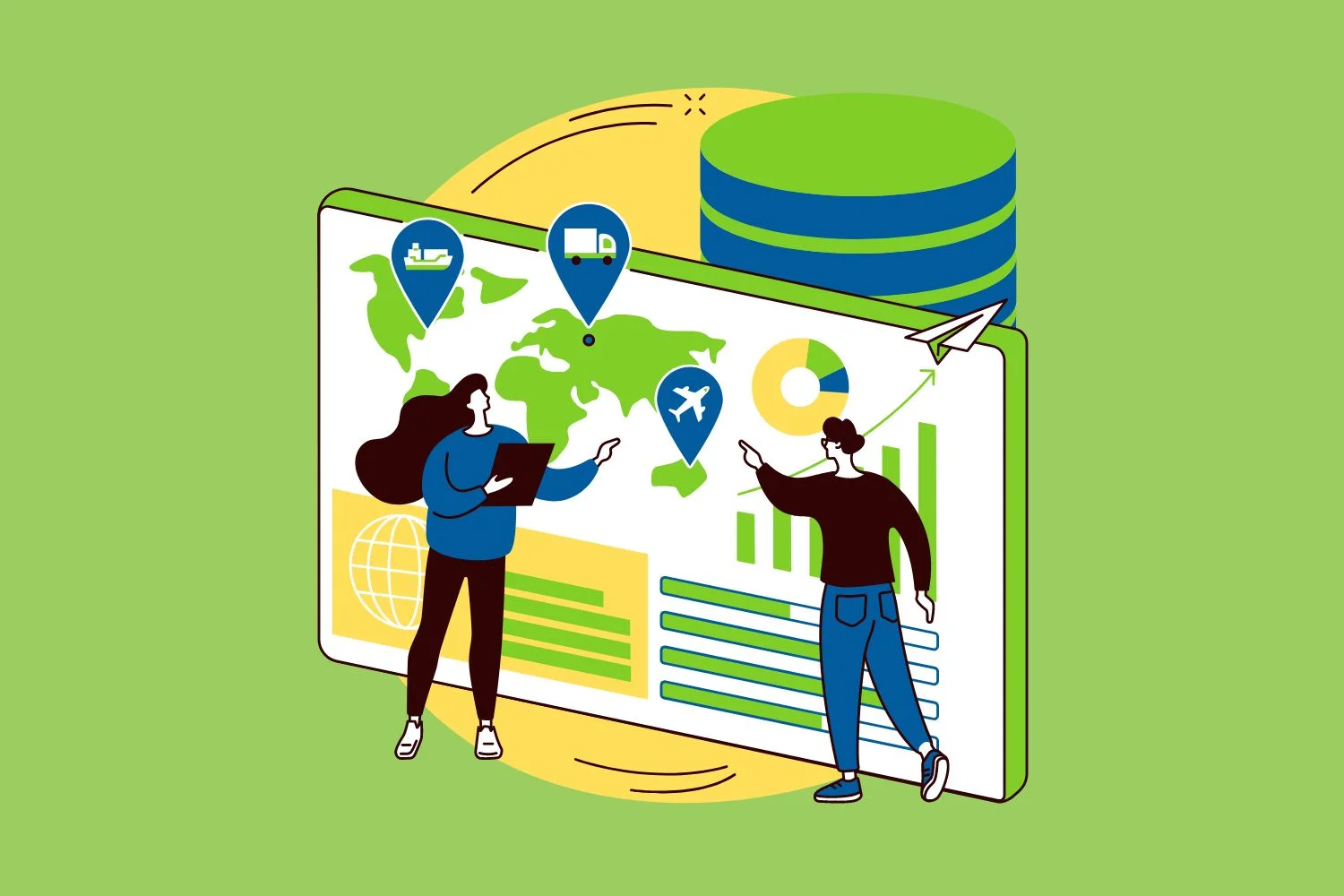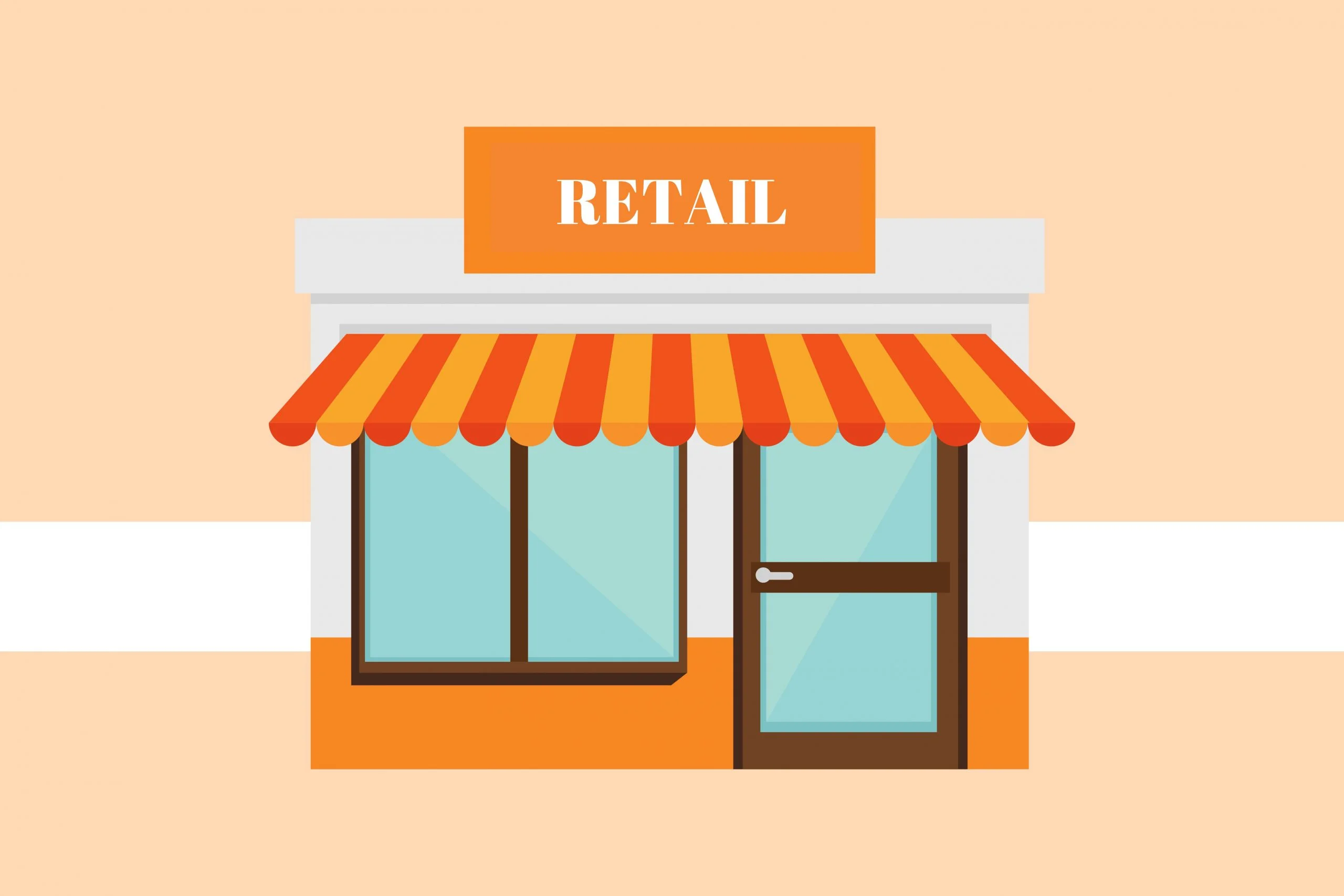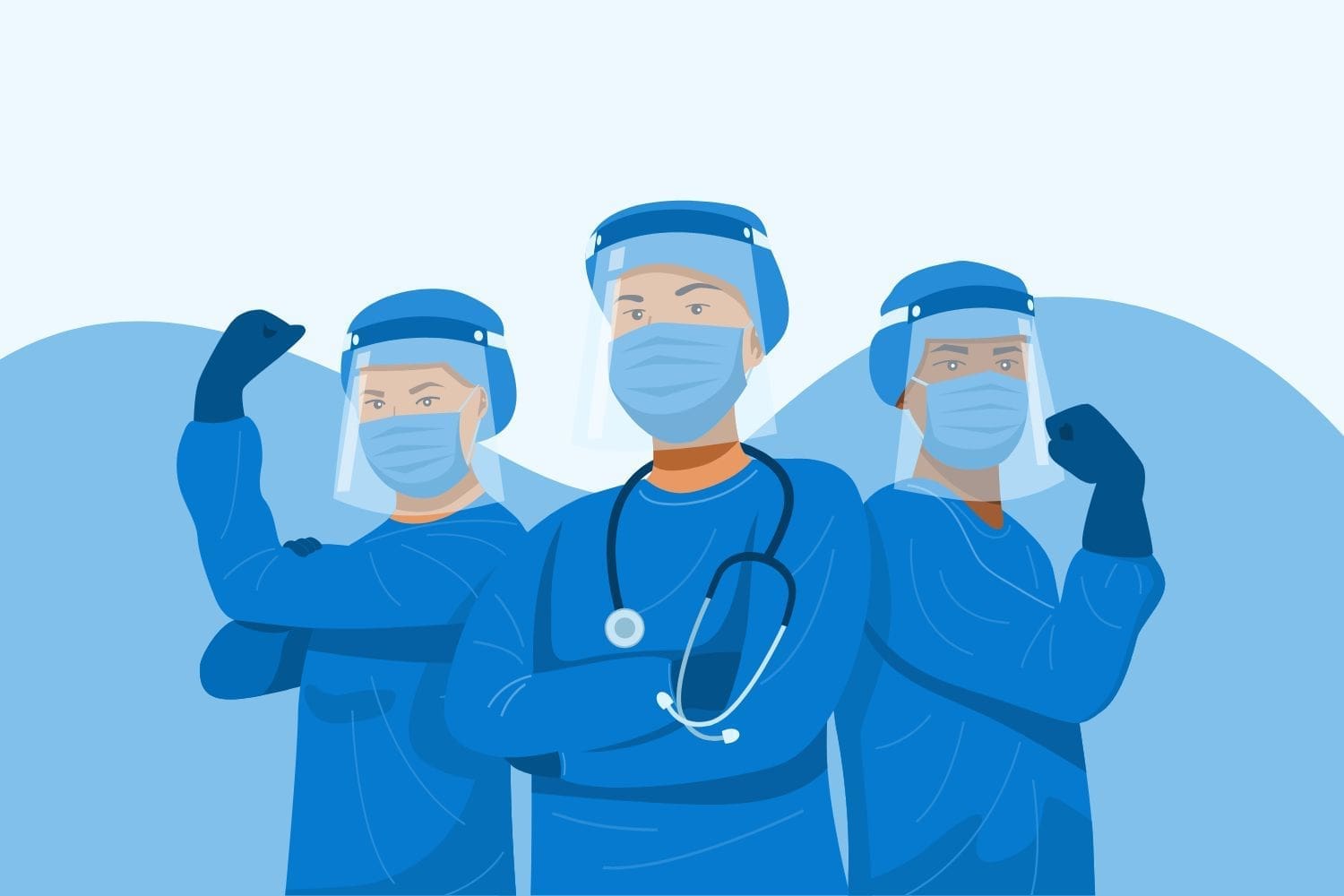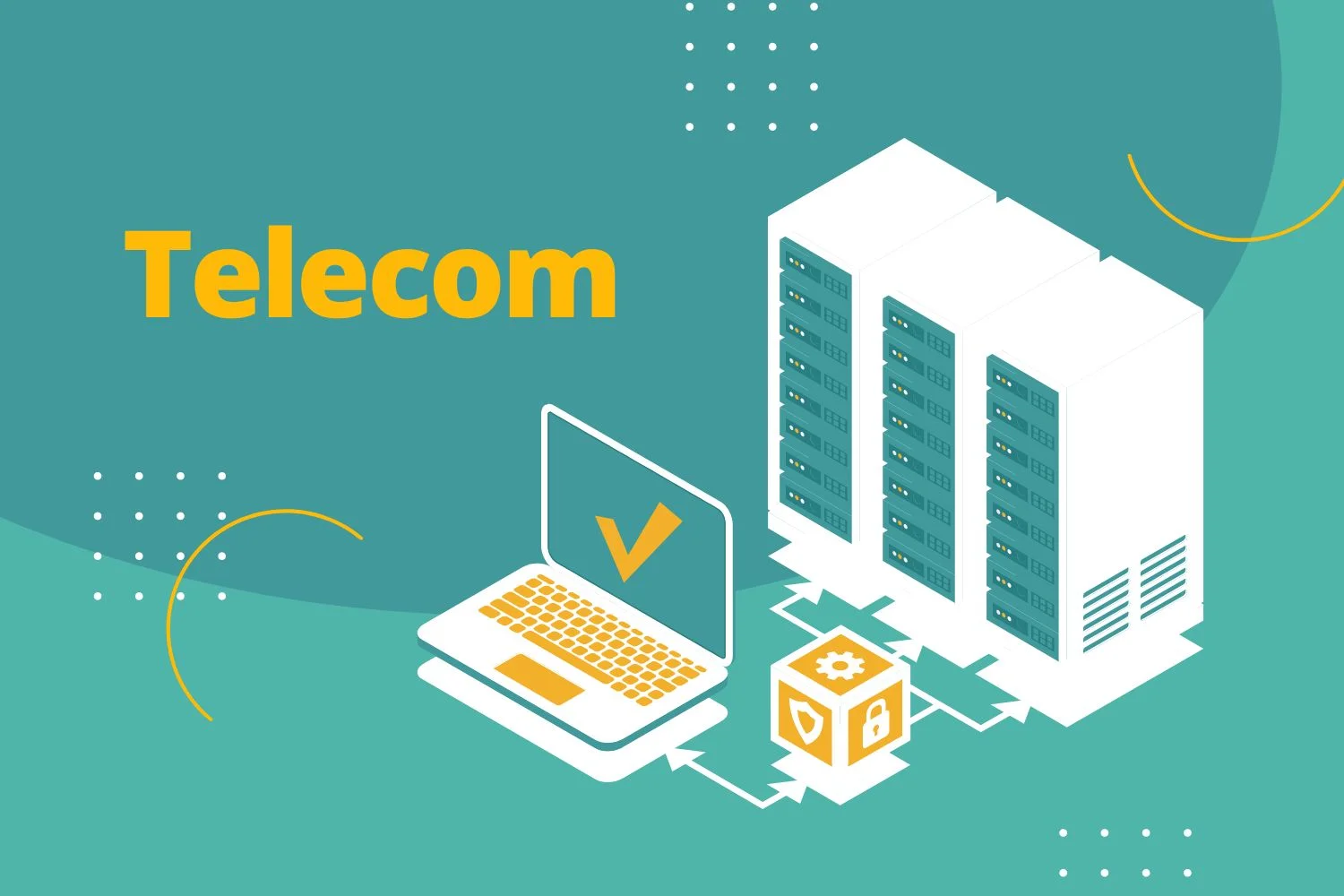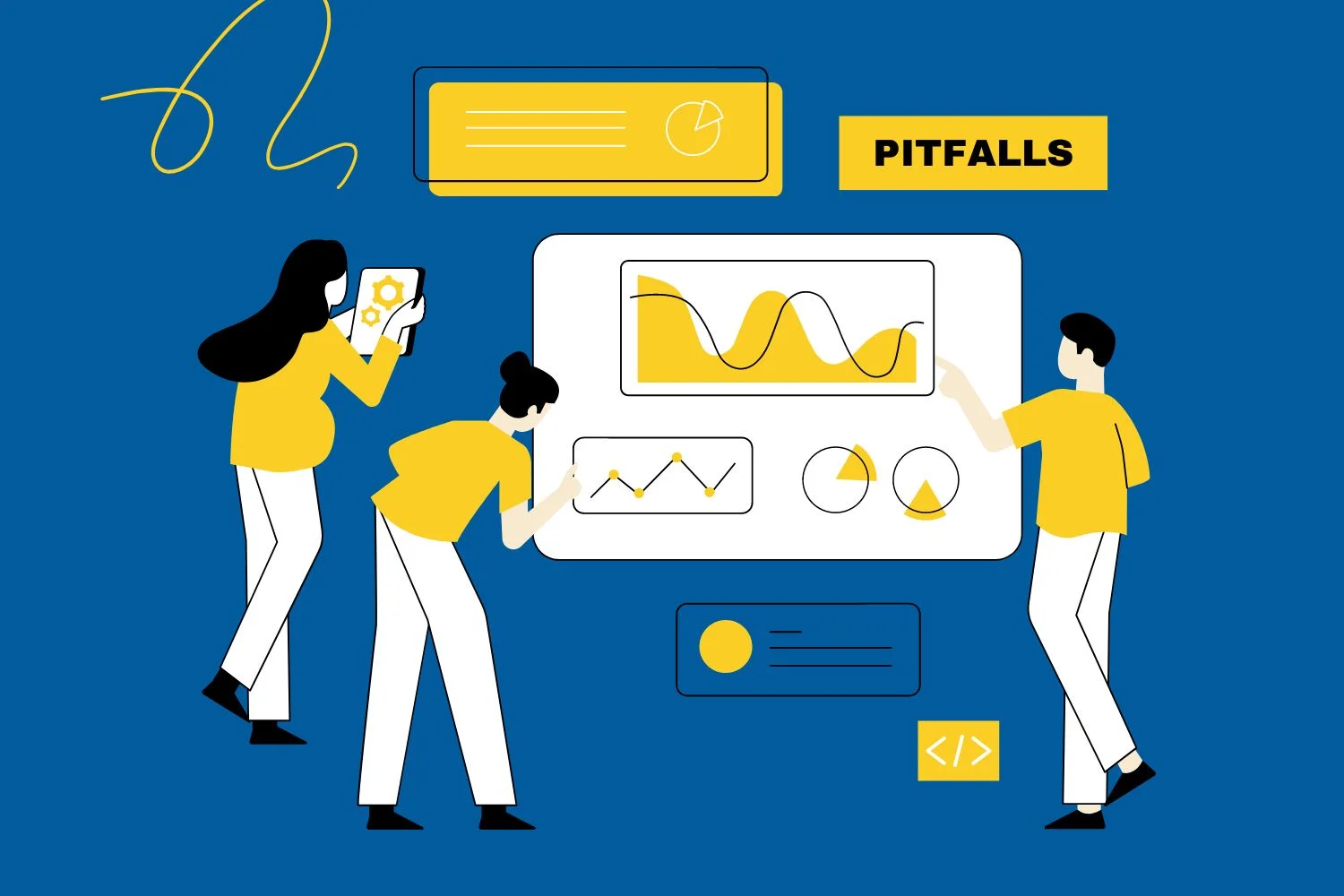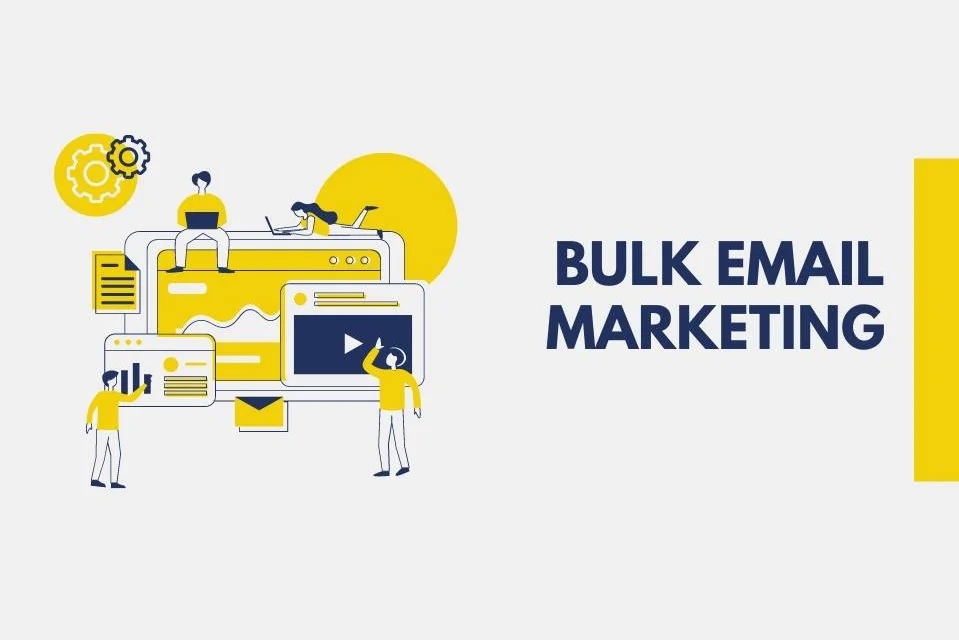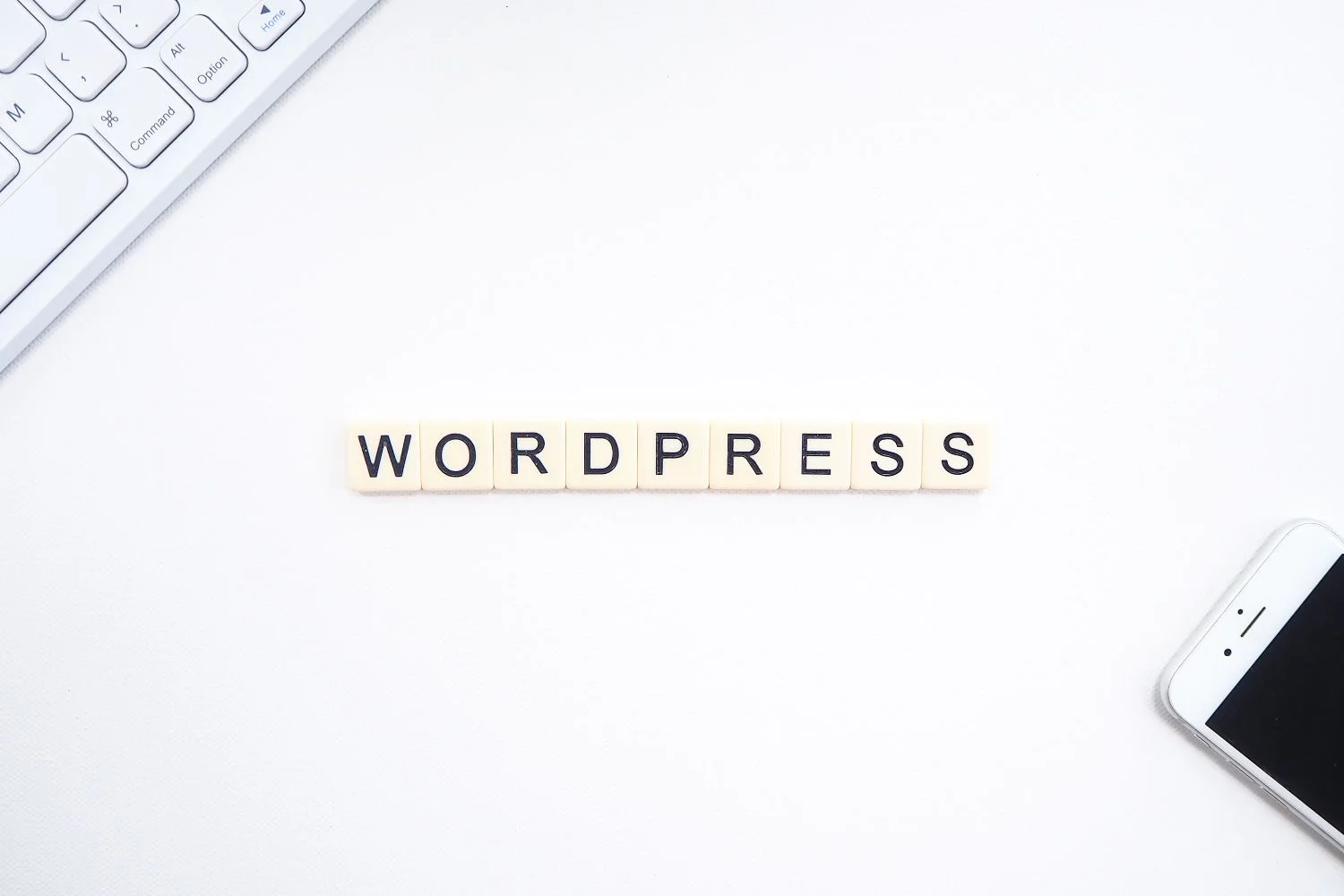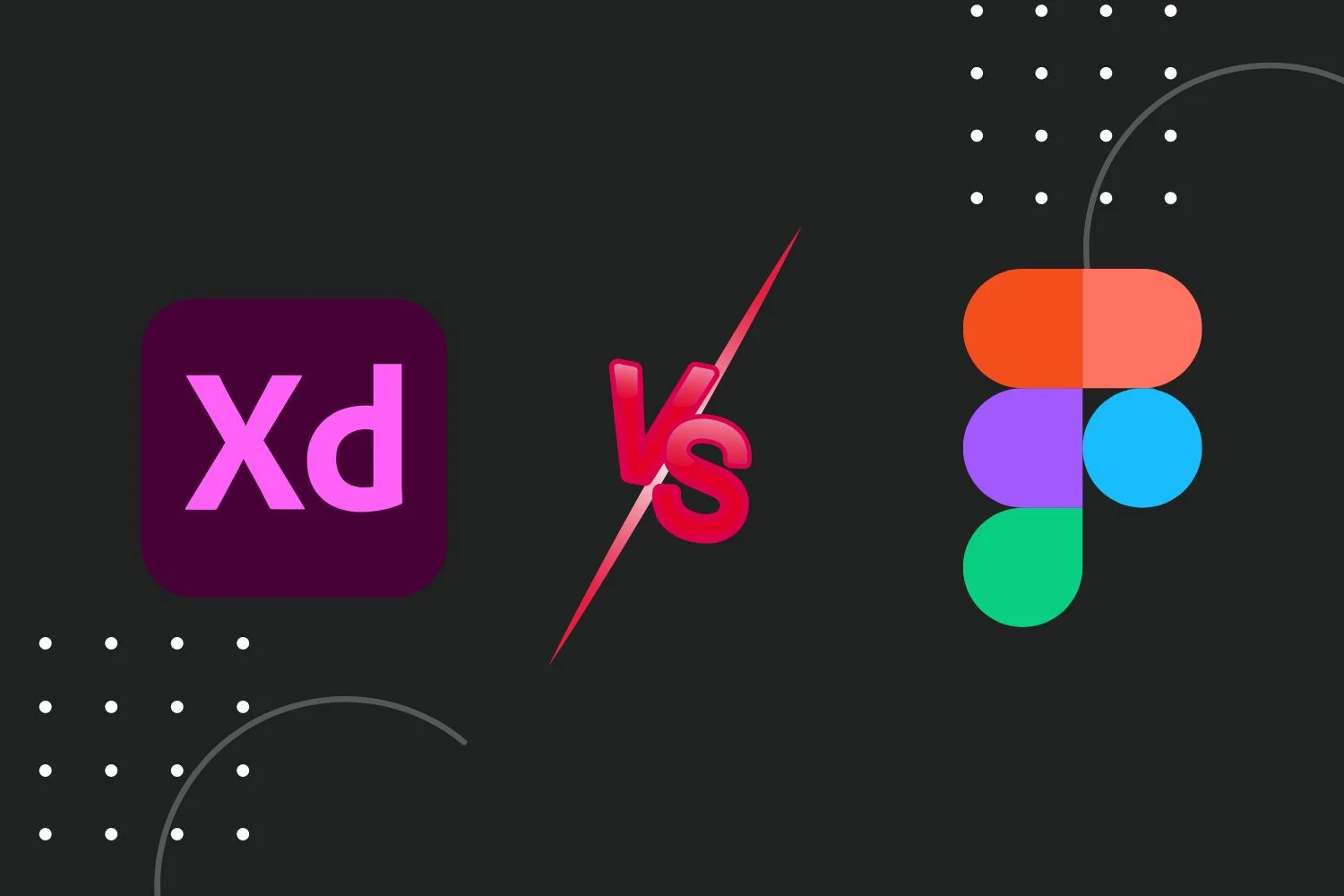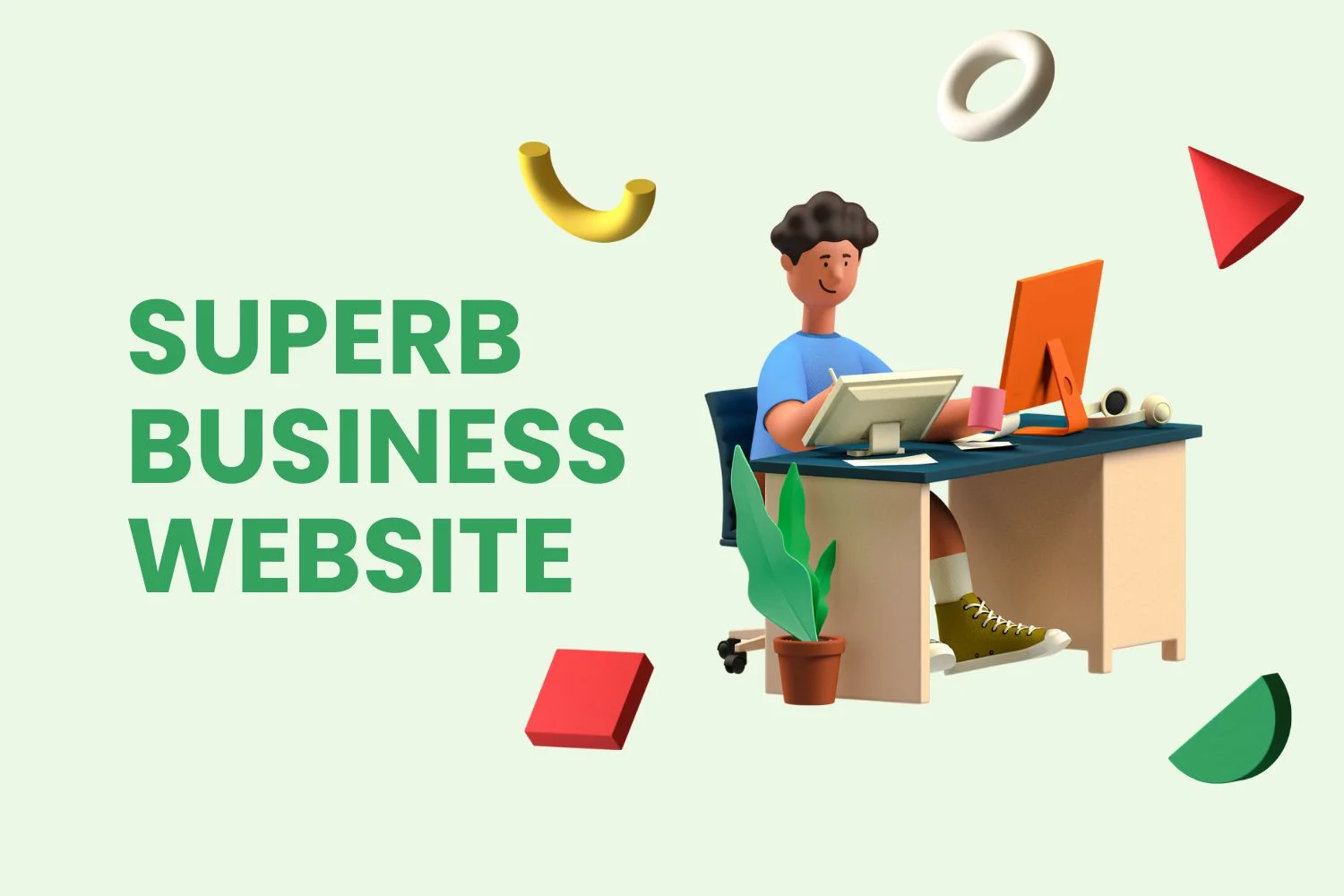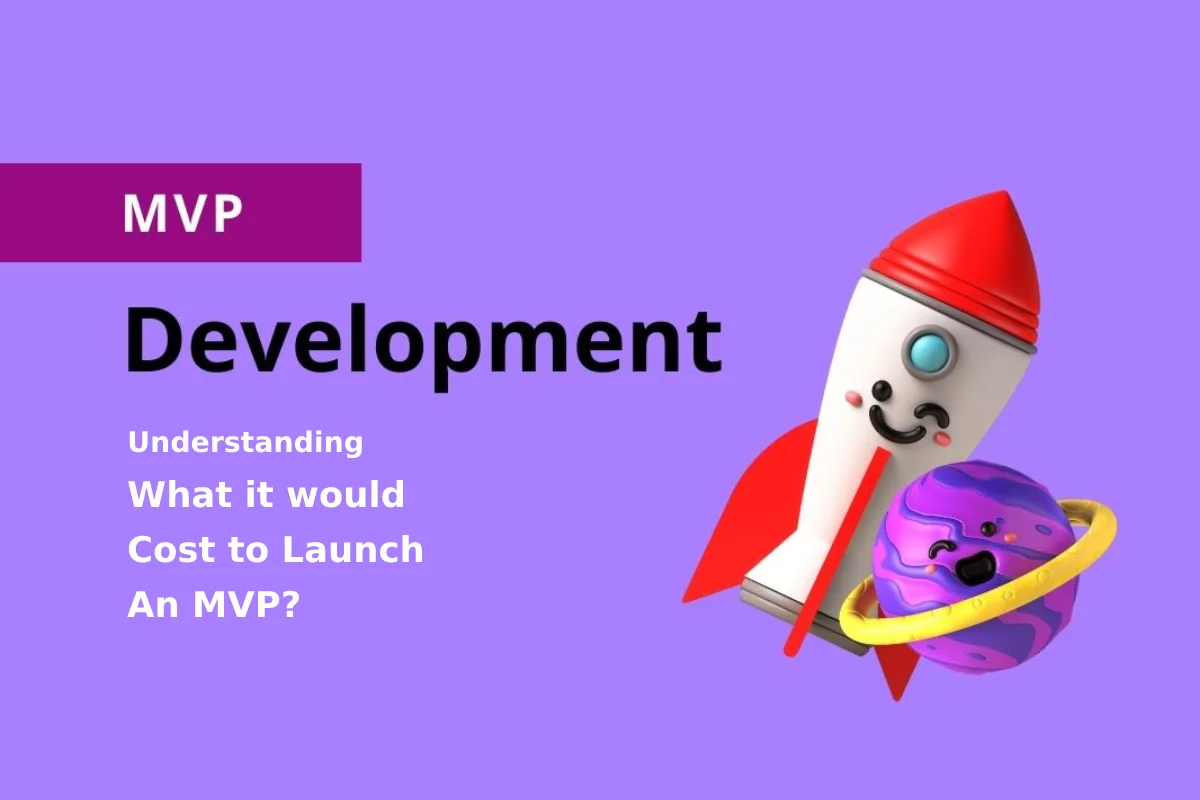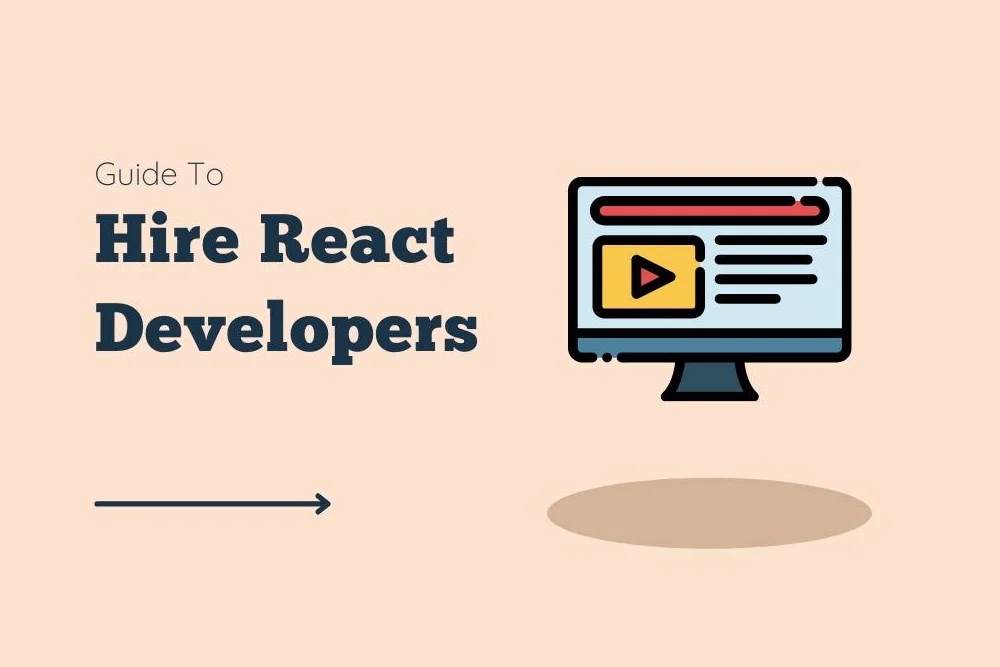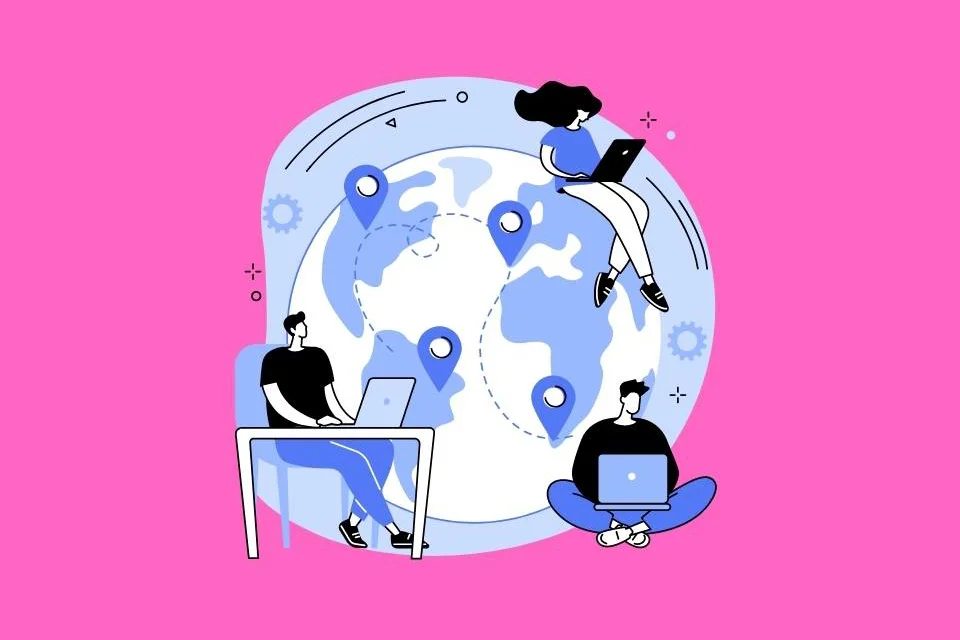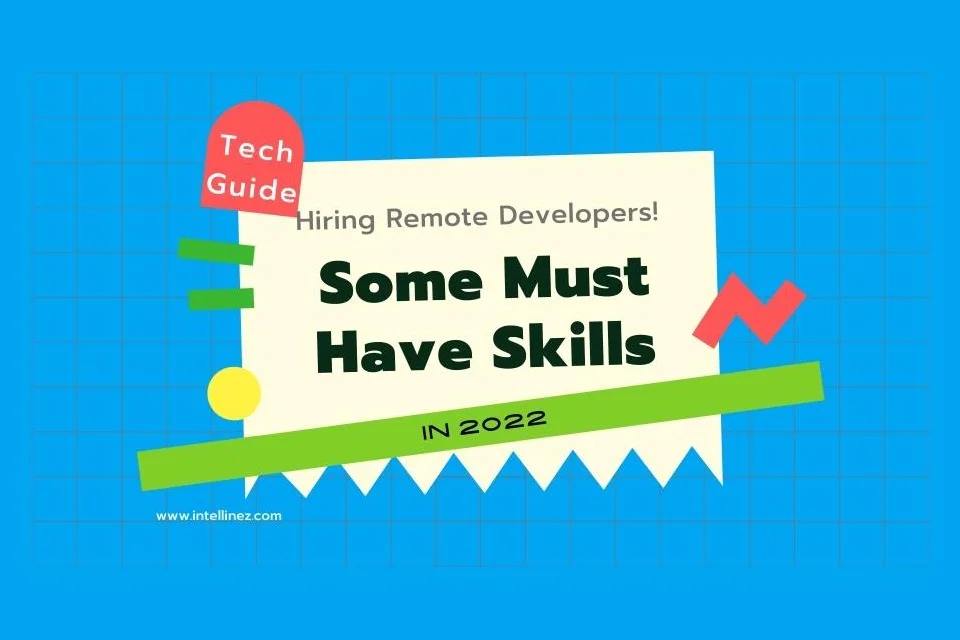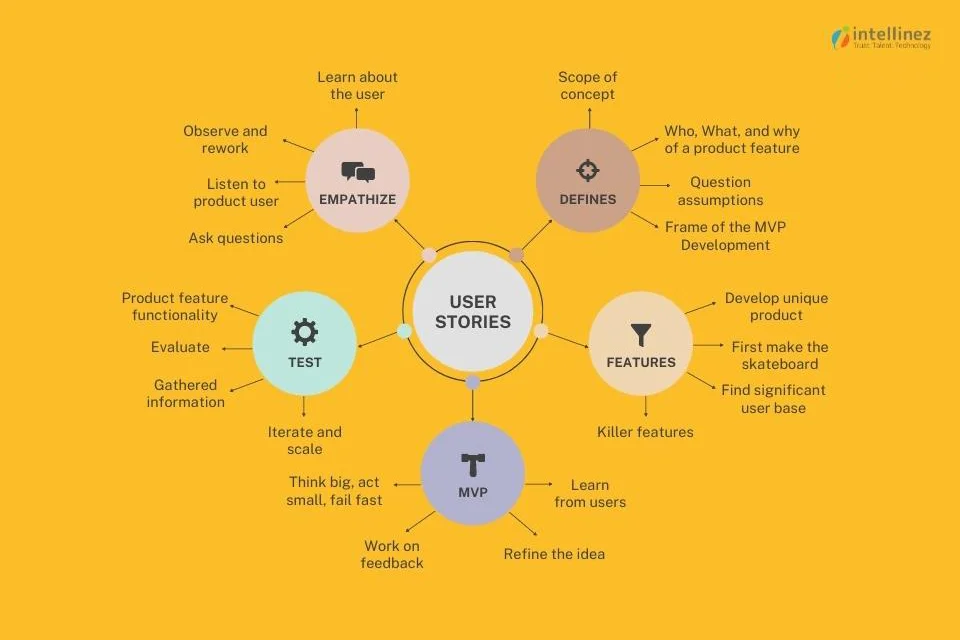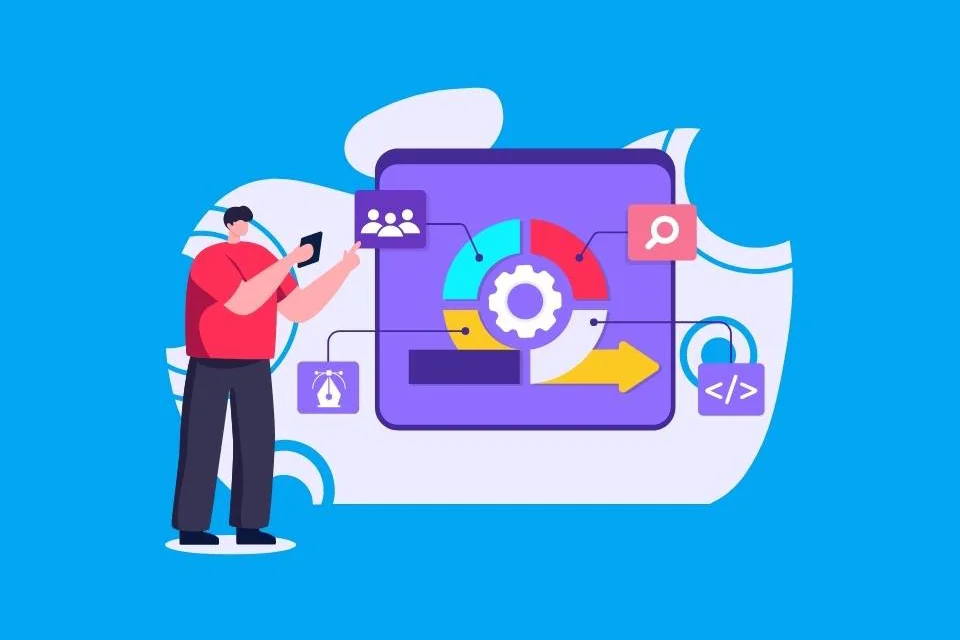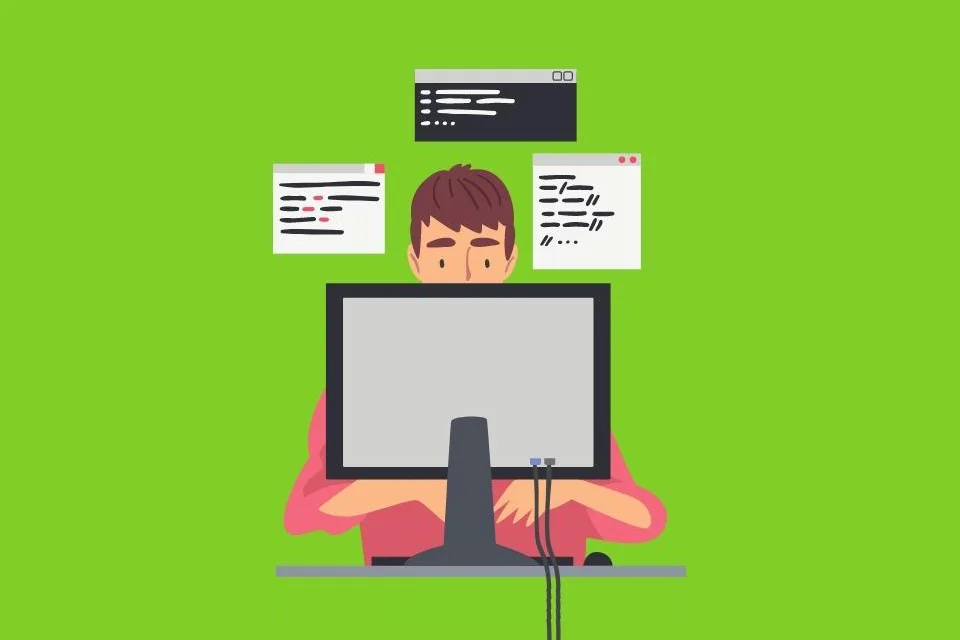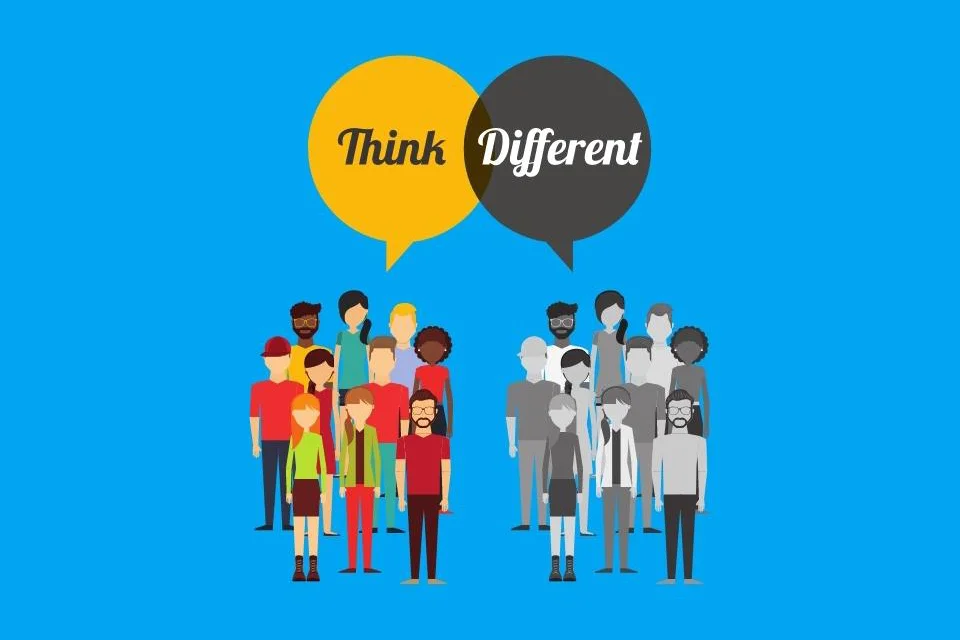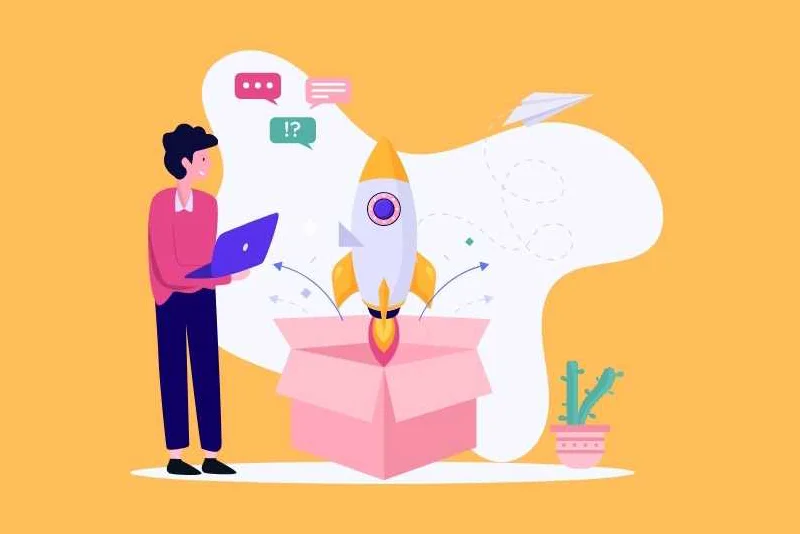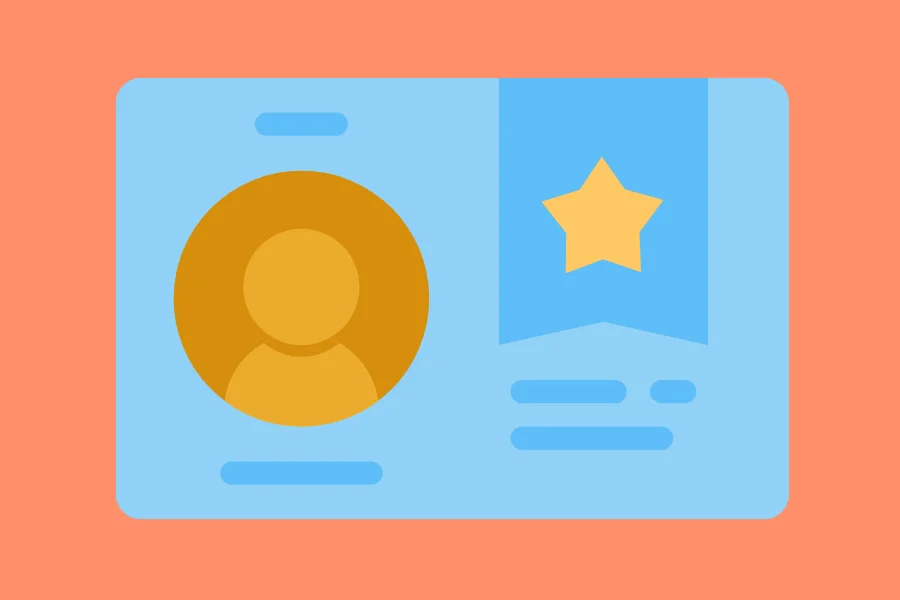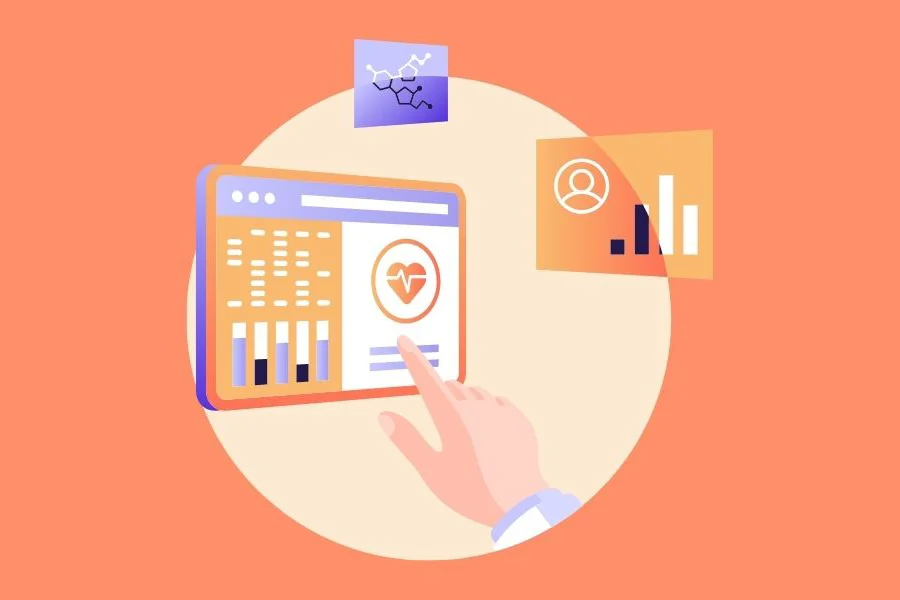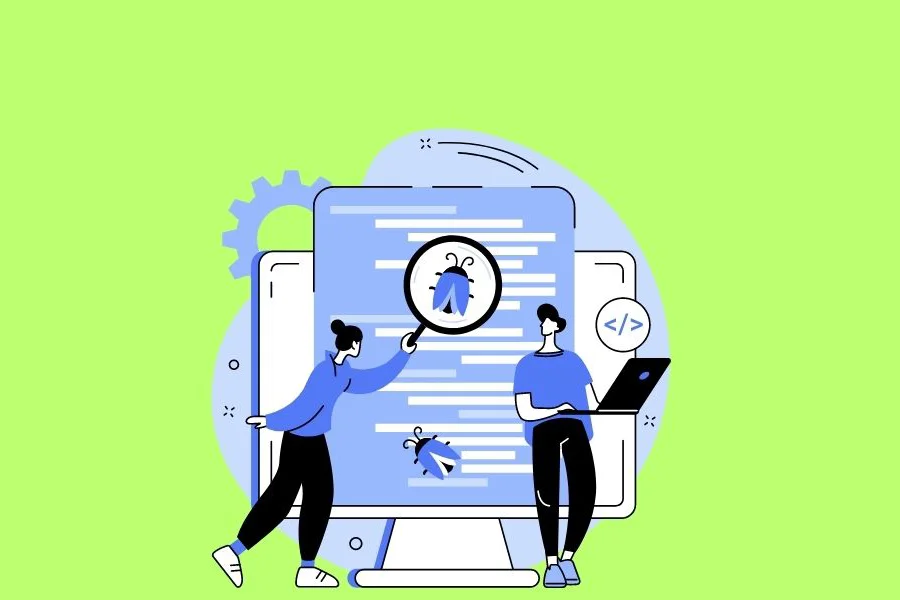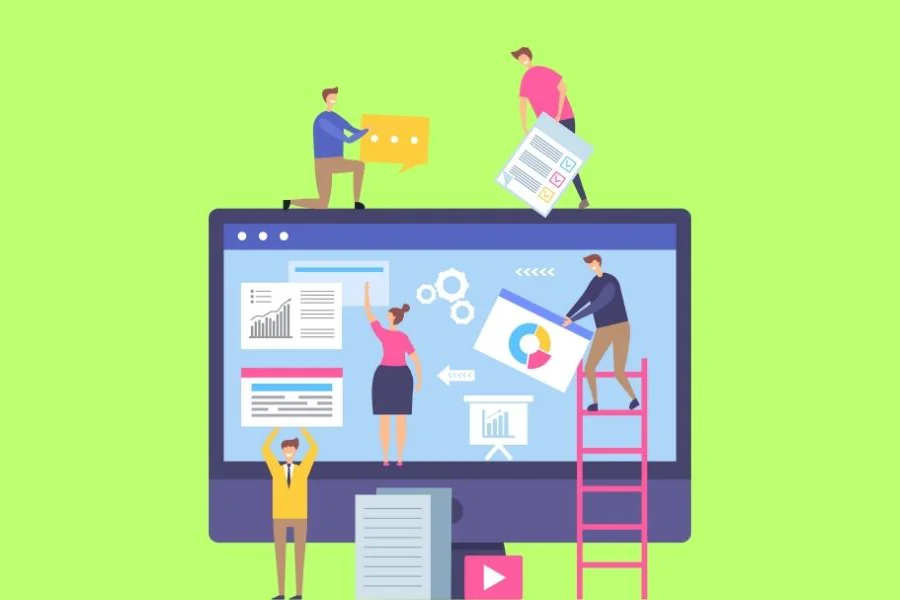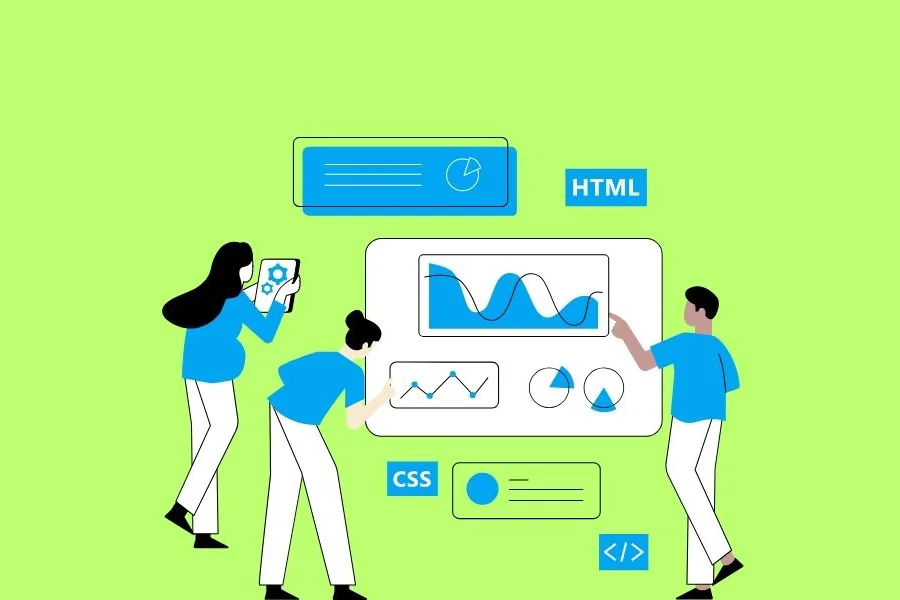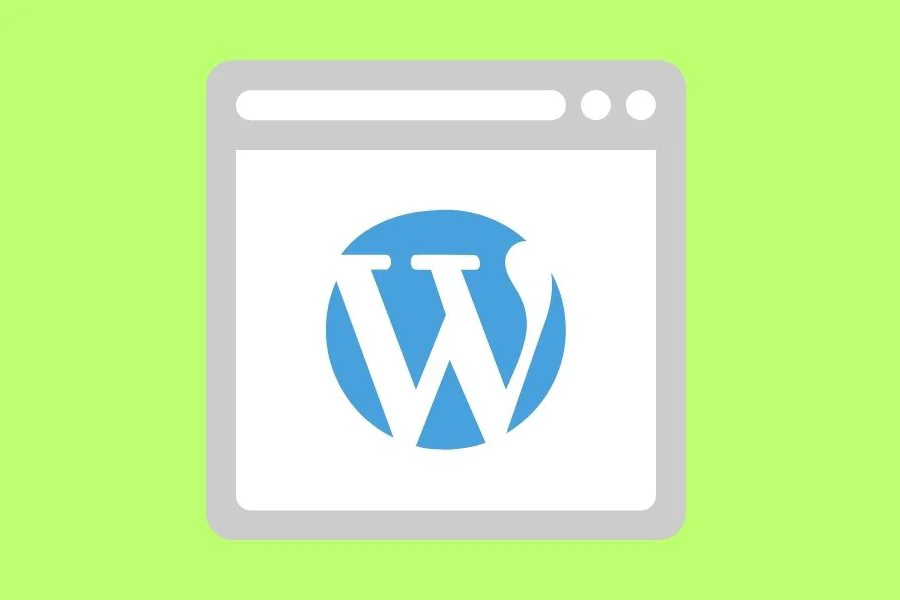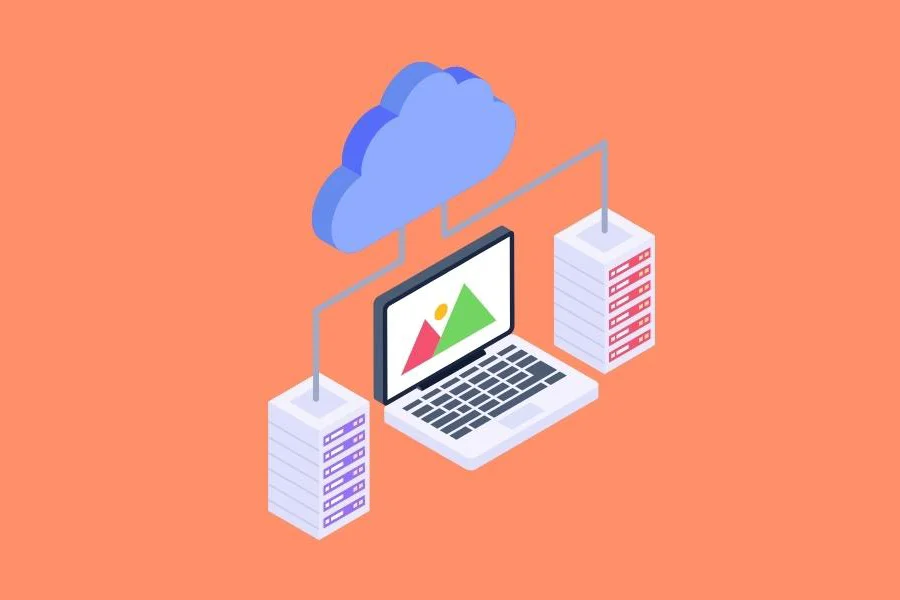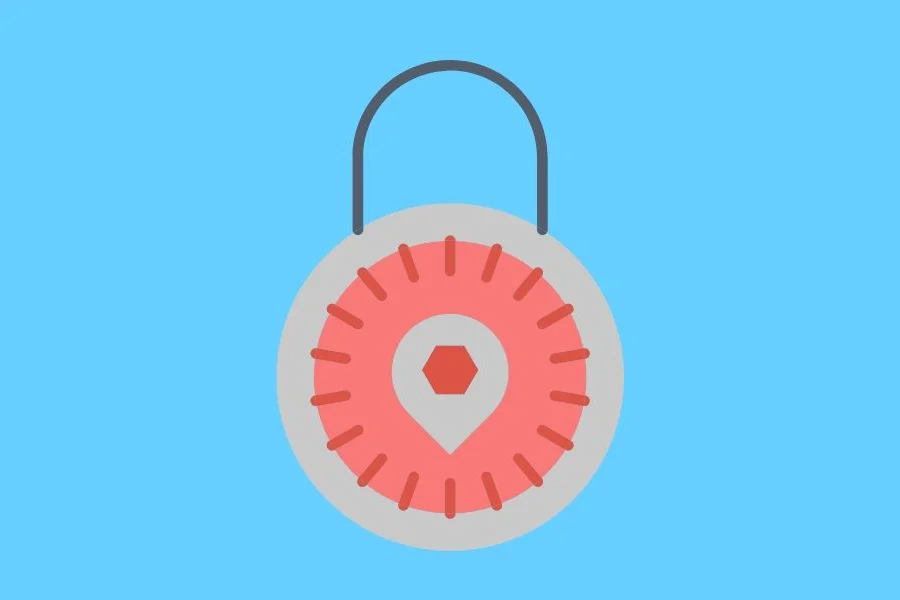Table of Contents
In today’s cloud-driven world, Software as a Service, a.k.a., SaaS has become the go-to model for businesses looking to deliver software solutions over the internet. Unlike traditional software, SaaS allows users to access apps from anywhere with an internet connection, providing unmatched flexibility and convenience. The rapid rise of cloud computing has further fueled the growth of SaaS, making it an essential part of the modern business landscape. Whether it’s collaboration tools, customer relationship management (CRM) systems, or financial software, SaaS products are now deeply integrated into our daily workflows, driving innovation and efficiency.
This guide aims to provide a comprehensive overview of SaaS development best practices. From the initial planning stage through to deployment and long-term maintenance, we’ll cover practical strategies to help you build a scalable, secure, and user-friendly SaaS product, every step of the SaaS development process. Whether you’re just starting out or looking to improve your existing platform, these development best practices will ensure your SaaS product meets the high demands of today’s users while staying competitive in a fast-evolving market. The key areas covered in this guide include:
- Planning and Strategy – Laying the groundwork for a successful SaaS platform.
- Architecture and Scalability – Building an infrastructure designed for growth.
- Security and Compliance – Protecting sensitive data and meeting regulatory standards.
- Continuous Integration and Deployment (CI/CD) – Streamlining updates and releases.
- User Experience (UX) and Interface Design – Crafting a seamless, responsive platform.
- Performance Monitoring and Optimization – Ensuring top performance at all times.
- Customer Support and Success – Maintaining long-term user engagement and satisfaction.
By focusing on these SaaS development best practices, you’ll be equipped with the tools and insights needed to create a robust and scalable SaaS solution that delivers exceptional performance and superior user experience.
SaaS Development Best Practices
The SaaS development process is a long journey. It begins with analyzing the market and coming up with a business plan and ends with launching the SaaS solution and entering the maintenance phase. Here, we will share with you the best practices that you must follow at every step of building your SaaS solution to ensure it delivers top-notch performance. So, let us begin:

1. Architecture and Scalability: Building for Growth
To ensure the long-term success of a SaaS product, architecture and scalability should be at the forefront of development planning. A scalable architecture enables your SaaS application to handle increasing user demands without performance degradation or excessive costs. Below are key considerations for building an architecture that supports growth:

I. Cloud Native Development: Leveraging Cloud Infrastructure for Better Performance and Cost Efficiency
Cloud native development involves building and running SaaS apps entirely in the cloud, using platforms such as AWS, Google Cloud, or Microsoft Azure. Cloud infrastructure allows SaaS providers to access flexible computing power, storage, and networking resources on demand. This not only ensures optimal performance but also reduces upfront costs for physical hardware and infrastructure.
Cloud native applications are designed to take full advantage of the cloud environment, enabling features like auto-scaling, load balancing, and disaster recovery. Additionally, cloud services provide global distribution capabilities, allowing SaaS apps to scale across regions and serve customers worldwide with low latency.
II. Database Management: Best Practices for Handling Large-Scale SaaS Apps and Ensuring Data Security
A well-designed database is essential for any SaaS product, as it directly impacts performance, scalability, and security. For SaaS applications that handle large amounts of data, choosing the right DBMS is critical. Consider whether your application will benefit more from a relational database for structured data, or a NoSQL database for unstructured or semi-structured data.
Best practices include implementing database partitioning (sharding), where data is split across multiple servers to distribute the load, and ensuring redundancy and backups to avoid data loss. Encryption of data, both at rest and in transit, should also be a priority to protect sensitive information. Moreover, automating database scaling ensures that the system grows along with user demand, avoiding bottlenecks and maintaining performance.
III. Horizontal Scaling vs Vertical Scaling: Understanding When and How to Scale Your SaaS Application
Scaling is a fundamental challenge for SaaS providers and understanding the difference between horizontal and vertical scaling is key to handling growth effectively.
- Horizontal Scaling (scaling out) involves adding more machines or servers to your infrastructure to distribute the load. This method is ideal for SaaS apps with fluctuating user traffic because it enables easy resource allocation and can provide redundancy.
- Vertical Scaling (scaling up) involves adding more power (CPU, RAM) to existing servers. While it can handle increased demand for specific components, it has limits, as a single machine can only scale so far before encountering performance constraints.
Typically, SaaS providers rely on horizontal scaling for high availability and resilience, especially in cloud environments. However, a combination of both methods is often used depending on the specific needs of different parts of the application.
IV. Microservices Architecture: Modular Structure for Scalability and Flexibility
Microservices architecture is an approach that breaks down a SaaS application into small, independent services that communicate with each other through APIs. Each service, or microservice, is designed to perform a specific function – like billing, notifications, and user authentication. The modular nature of microservices makes scaling more efficient, as individual components can be updated or scaled without affecting the entire system.
This separation also allows different teams to work on distinct parts of the application simultaneously, speeding up development and innovation. Moreover, if one microservice experiences a spike in demand, resources can be allocated to that service alone, optimizing performance and resource use.
TL;DR
By adopting a microservices architecture, leveraging cloud infrastructure, ensuring proper database management, and understanding scaling techniques, SaaS companies can build applications that grow seamlessly alongside their user base. Prioritizing scalability from the start ensures that your SaaS product can handle increased demand without compromising performance or user experience.
2. Continuous Integration and Deployment (CI/CD): Streamlining Updates
Continuous integration and continuous deployment are vital for maintaining the speed, reliability, and efficiency of modern SaaS applications. CI/CD enables faster release cycles, frequent updates, and quicker resolution of bugs, all while maintaining high levels of software quality. Here’s how to effectively implement CI/CD for your SaaS development process:

I. Automating Deployment Pipelines: The Importance of CI/CD for Faster Releases and Bug Fixes
Automation is at the heart of CI/CD, streamlining how new code is integrated, tested, and deployed. In a CI/CD pipeline, changes to the codebase are automatically tested and deployed across environments, reducing the time it takes to bring updates and bug fixes to users.
By automating the deployment process, developers can commit code more frequently, ensuring that small, incremental updates are continuously pushed to production. This minimizes the risk of large-scale issues, as smaller code changes are easier to troubleshoot. Automated pipelines also ensure consistency, reduce manual errors, and speed up the feedback loop, allowing teams to quickly respond to bugs or user demands. This agility is crucial in the fast-moving SaaS industry, where customers expect rapid innovation and bug resolution.
II. Testing Automation: Implementing Automated Testing for Better Product Reliability
One of the most important components of a CI/CD pipeline is automated testing. Automated tests are essential for ensuring that new code changes do not introduce bugs or performance issues in the application. This includes unit tests, which validate the smallest parts of the application, as well as integration and end-to-end tests, which ensure that the software functions properly when different components work together.
By running these tests automatically every time some new code is committed, teams can catch and resolve issues early in the development process. Automated testing also supports continuous deployment by ensuring that only thoroughly tested code reaches production, improving overall product reliability. In SaaS, where downtime or bugs can affect thousands of users, automated testing is critical to delivering a seamless experience.
III. Version Control and Rollbacks: Effective Management of Updates and Handling Failures
Version control is another essential aspect of CI/CD that allows teams to manage and track changes to the codebase efficiently. Tools like Git ensure that every code change is versioned, making it easy to identify, review, and revert problematic updates if needed. A key benefit of version control in SaaS is the ability to implement “rollback” mechanisms.
If a deployment introduces a bug or causes an outage, teams can quickly roll back to a previous, stable version of the app. This minimizes downtime and customer impact, allowing the development team to resolve issues without major disruption. Rollbacks, combined with automated monitoring and alerts, help maintain high availability and uptime for SaaS products, even in the face of unexpected issues.
TL;DR
By automating deployment pipelines, implementing testing automation, and utilizing effective version control and rollback mechanisms, SaaS companies can streamline their update processes and minimize risks. CI/CD empowers teams to innovate quickly while maintaining high software quality, enabling them to meet customer expectations and remain competitive in the fast-paced SaaS market.
3. Customer Support and Success: Long-Term Engagement
Customer support and success are crucial for sustaining user satisfaction and fostering long-term engagement with your SaaS platform. A well-executed support strategy helps resolve issues quickly and enhances the overall user experience, while proactive engagement drives retention and reduces churn. Below are key elements to focus on when designing your customer support and success strategy:

I. Building a Community: Encouraging User Collaboration and Feedback Through Forums and Events
Fostering a strong community around your SaaS product can significantly enhance user retention and satisfaction. When users feel connected to your brand and other users, they’re more likely to stay engaged and become loyal advocates for your platform.
- User Forums – Hosting an online forum allows users to ask questions, share tips, and troubleshoot issues together. This creates a self-sustaining support network where users can help one another, reducing reliance on your support team.
- User Events and Webinars – Organizing webinars, Q&A sessions, or user group events enables you to build relationships with your users and provide them with valuable insights into your platform. These events can also serve as a platform for gathering feedback on upcoming features or changes.
- Social Media and Online Groups – Encouraging users to participate in social media groups or online communities creates opportunities for user-generated content (UGC), further engagement, and real-time feedback.
By building a strong user community, you not only increase user satisfaction but also create a network of loyal users who can help each other and provide valuable feedback for your product’s continuous improvement.
II. In-App Support Features: Offering Chatbots, Knowledge Bases, and FAQ Sections
Providing immediate, accessible help through in-app support features is essential for maintaining user satisfaction. Incorporating a mix of automated tools and human support creates a comprehensive support system that addresses various user needs.
- Chatbots – AI-powered chatbots can handle basic queries, troubleshoot common issues, and guide users through workflows 24×7. They provide instant answers, reducing the need for users to wait for a support agent.
- FAQ Sections – An FAQ section directly within the app provides quick answers to common questions, helping users resolve issues without needing to contact support.
- Knowledge Bases – A well-organized knowledge base that includes tutorials, step-by-step guides, and video content allows users to find answers to their questions at their own pace. This is especially useful for onboarding new users or solving complex issues.
Offering these in-app resources ensures that users can access help when and where they need it, which enhances their overall experience and reduces the burden on your customer support team.
III. Proactive Support and Upgrades: Importance of Anticipating User Needs and Providing Regular Updates
A strong customer success strategy goes beyond reactive support. Proactive support involves anticipating user needs and addressing potential issues before they arise. This could include:
- Personalized Support – Based on user behavior, proactively reach out with personalized messages suggesting how they can maximize the value of your SaaS product. This level of care and engagement shows users that you’re invested in their success.
- Regular Updates – Keep your platform updated with new features, performance improvements, and bug fixes to ensure that users are always benefiting from the latest version. A steady cadence of updates also signals to users that the platform is continuously improving, which fosters confidence and loyalty.
- Usage Monitoring – Track how users interact with your platform. If you notice a user has been inactive or is struggling with certain features, you can send automated tips, tutorials, or check-in emails offering help.
Anticipating and responding to user needs before they become problems strengthens user satisfaction and keeps your customer base engaged for the long term.
TL;DR
Providing excellent customer support and fostering long-term engagement through in-app support features, proactive strategies, and community building ensures that your SaaS platform remains valuable and essential to your users. A focus on customer success not only drives retention but also transforms users into advocates, creating a foundation for sustainable growth.
4. Performance Monitoring and Optimization
In SaaS development, performance monitoring and optimization are crucial to delivering a high-quality, reliable service. As your platform grows and more users interact with your application, maintaining fast load times, minimizing errors, and optimizing overall performance are essential for user satisfaction and retention. Below are key strategies and tools for ensuring your SaaS product operates at peak efficiency:

I. Analytics and Continuous Improvement: Using Data to Refine and Optimize SaaS Performance
Analytics play a critical role in ongoing performance optimization. By analyzing user behavior, system performance, and usage patterns, you can identify areas for improvement and prioritize updates that will have the greatest impact. Tools like Google Analytics, Heap, or Mixpanel provide detailed insights into how users interact with your SaaS platform, highlighting performance bottlenecks or features that slow down user workflows. In addition to user analytics, monitor backend performance metrics such as query response times, CPU and memory usage, and database performance. Armed with this data, your team can:
- Optimize resource allocation to ensure your infrastructure is running efficiently.
- Refine features based on real-world usage.
- Predict future growth and scale resources accordingly.
The combination of real-time performance data and user analytics enables a continuous improvement cycle, ensuring that your SaaS platform evolves to meet changing user demands while maintaining optimal performance.
II. Error Handling and Debugging: Best Practices for Identifying and Resolving Performance Issues
No SaaS platform is immune to errors, but how you handle and resolve them can greatly impact user satisfaction. Error handling is a proactive approach to managing system failures, crashes, or unexpected behaviors. Implement robust logging and error tracking tools like LogRocket, Raygun, or Sentry to automatically capture errors and performance issues. Best practices include:
- Automatic Rollbacks – Implement rollbacks so that faulty updates or changes can be quickly reverted, minimizing downtime.
- Graceful Error Handling – Ensure that users are presented with helpful error messages or alternative options if something goes wrong, rather than a crash or a generic error screen.
- Root Cause Analysis – Use tools like Elastic Stack (formerly ELK Stack) or Splunk to analyze error logs, trace the origins of performance issues, and fix underlying problems.
By monitoring errors in real time and swiftly addressing them, you can keep your SaaS platform running smoothly, even when unexpected issues arise.
III. Monitoring Tools and KPIs: Using Tools Like New Relic and Datadog to Track Performance
Performance monitoring tools like Datadog, New Relic, and Prometheus are invaluable for tracking the health and performance of your SaaS application in real time. These tools monitor various KPIs such as response times, server uptime, error rates, and system resource usage. By setting up dashboards and alerts, you can receive instant notifications if any performance issues arise, such as server overloads, slow API responses, or increased error rates.
These monitoring systems also provide detailed analytics and logs, helping your development and operations teams pinpoint the root causes of performance bottlenecks. With these insights, you can proactively address issues before they impact users.
IV. Optimizing Load Times: Techniques for Ensuring a Fast, Responsive SaaS Platform
Fast load times are critical for user satisfaction. Studies show that even a one-second delay in page load time can significantly decrease user engagement and retention. To ensure a fast, responsive SaaS platform, several optimization techniques should be implemented, namely:
- Caching – Store copies of frequently requested data so that it can be served faster, reducing the load on your servers.
- CDNs (Content Delivery Networks) – Distribute content closer to users through a global network of servers, reducing latency and speeding up content delivery.
- Lazy Loading – Load only the content the user needs at the moment, delaying non-essential elements until they are needed.
- Optimizing Code – Minify and compress CSS, JavaScript, and images to reduce file sizes and improve page load speed. By optimizing load times, you not only enhance user experience but also reduce the strain on your servers, allowing your SaaS platform to scale more efficiently.
The average attention span of humans has decreased significantly. Apparently, a web visitor will only wait for 3 seconds for a webpage to load and will move to another website in case loading fails.
TL;DR
By utilizing performance monitoring tools, optimizing load times, implementing effective error handling, and leveraging analytics for continuous improvement, you can ensure that your SaaS platform remains fast, responsive, and reliable as it grows. Prioritizing performance optimization will enhance the user experience and drive long-term success for your SaaS product.
5. Planning and Strategy: Laying the Foundation
When developing a SaaS product, the planning and strategy phase is crucial for setting the right direction and ensuring long-term success. Below are key components to focus on:

I. Agile Development Methodologies: Iterative Planning and Continuous Improvement
Agile methodologies are widely regarded as best practices in SaaS development. The agile methodology emphasizes iterative planning, continuous improvement, and adaptability, making it perfect for the fast-paced SaaS environment.
Rather than following a rigid, linear process, agile allows development teams to work in short cycles or “sprints.” This ensures continuous feedback loops, where improvements are made based on real-time user input. The ability to make incremental changes not only accelerates product development but also improves the final outcome by keeping the focus on evolving user needs and market demands. Agile also facilitates faster problem-solving and better cross-functional collaboration, leading to a more resilient and responsive product.
II. Defining MVP: Why Starting Small is Critical for SaaS Success
One of the biggest mistakes in SaaS development is trying to build a feature-rich product from day one. Instead, focus on developing a minimum viable product that offers the core functionality needed to address your users’ primary pain points.
An MVP allows you to launch quickly, test assumptions, and gather real-world feedback without investing heavily in features that may not be essential. Starting small also allows for agility, as you can easily pivot or make improvements based on user feedback. A well-defined MVP minimizes risks, saves development time, and provides valuable insights for scaling and enhancing the product in future iterations.
III. Focus on User Needs: Importance of Customer-Centric Development
The success of any SaaS product hinges on how well it meets the needs of its users. A customer-centric approach ensures that the product solves real problems, enhances productivity, or simplifies tasks for its target audience. During the planning phase, gather feedback from potential users, conduct surveys, and analyze customer pain points. This early focus helps shape the product’s features and functionality, ensuring a better user experience (UX) from the outset.
By prioritizing user needs, you’re not just building a product – you’re building a solution that people are eager to adopt. This focus on customer-driven development also strengthens retention and loyalty, as users are more likely to stay with a product that evolves with their needs.
IV. Market Research: Analyzing Competitors and Understanding Gaps in the Market
Before jumping into development, it’s essential to thoroughly research the market landscape. Identify key competitors, their strengths, weaknesses, and how they’re positioning their products. Understanding the competitive environment helps you spot opportunities for differentiation and innovation.
Look for gaps in the market that competitors are failing to address. For instance, if existing SaaS solutions are overly complex, you might focus on simplicity and ease of use. Alternatively, you could target a niche market that remains underserved. Solid market research helps avoid building a product that’s too similar to existing solutions while positioning your SaaS offering for sustainable growth.
TL;DR
By focusing on user needs, conducting thorough market research, defining an MVP, and leveraging agile development, SaaS companies can lay a strong foundation for a scalable and customer-centric product. These strategic steps ensure that you’re not just creating a product, but delivering a solution that evolves with market demands and user expectations.
6. Security and Compliance: Protecting Data and Privacy
In SaaS development, security and compliance are critical for building trust with users and ensuring the longevity of your platform. Protecting sensitive data and adhering to industry regulations are non-negotiable, especially as data breaches and privacy concerns become more prevalent. Let’s break down key practices that every SaaS provider must implement:

I. Compliance with Regulations: Navigating GDPR, HIPAA, and Other Industry Standards
In the global SaaS market, compliance with data protection regulations like the GDPR and HIPAA is crucial. These regulations govern how businesses handle personal data, ensuring that privacy rights are upheld, and non-compliance can result in heavy fines and legal action.
- GDPR – Focuses on protecting the personal data of EU citizens. SaaS companies must ensure they obtain user consent for data collection, provide the option to delete data (“right to be forgotten”), and secure data against breaches.
- HIPAA – Applies to SaaS apps dealing with healthcare data in the U.S., ensuring the confidentiality, integrity, and availability of electronically protected health information (ePHI). Other regional and industry-specific regulations – such as CCPA, and PCI-DSS for payment card data – must also be considered depending on the market you serve. A compliance-first approach not only reduces legal risk but also reassures users that their data is handled with care.
Privacy has become a pressing issue. Therefore, you need to ensure that your product meets all privacy- and safety-related compliances.
II. Data Encryption and Privacy Controls: Why Encryption is Vital for SaaS Applications
Data encryption is one of the foundational elements of securing a SaaS application. Encryption ensures that sensitive data is unreadable to unauthorized parties by converting it into a coded format, both while it is being transferred (in transit) and stored (at rest). Without proper encryption, user data such as personal information, financial details, and proprietary business data are vulnerable to interception by hackers.
Modern encryption protocols, such as TLS (Transport Layer Security), protect data during transmission, while encryption algorithms like AES (Advanced Encryption Standard) safeguard data stored on servers. In addition to encryption, implementing privacy controls – such as allowing users to manage data permissions and access – can help businesses comply with various privacy regulations and foster greater trust with their users.
III. Identity and Access Management (IAM): Using Authentication Best Practices
Strong IAM policies are essential to prevent unauthorized access to your SaaS platform. IAM systems manage who has access to your platform and what actions they are allowed to perform, typically through user authentication and authorization controls. Popular authentication methods include:
- Multi-factor authentication (MFA) – MFA requires users to provide additional verification (such as a code sent to their phone) beyond just their password. MFA drastically reduces the risk of unauthorized access, even if a password is compromised.
- OAuth 2.0 – Allows users to grant access to their information without exposing their credentials. Often used for single sign-on (SSO), letting users log in using accounts from platforms like Facebook and Google.
- SAML (Security Assertion Markup Language) – Provides secure communication between an identity provider (IdP) – like Google – and a service provider – your SaaS app – for authentication purposes.
Additionally, you can implement least privilege principle, role-based access control (RBAC), adaptive or risk-based authentication, certificate-based authentication, and so on.
IV. Regular Security Audits and Updates: Ensuring Your SaaS Platform is Protected Against Evolving Threats
The security landscape is constantly changing, with new vulnerabilities emerging every day. Regular security audits are essential for identifying weaknesses in your SaaS app and addressing them before they are exploited. Audits may involve vulnerability assessments, penetration testing, and reviewing security protocols to ensure they meet current best practices.
Beyond audits, your platform must be regularly updated to patch known security vulnerabilities. Automated tools can help by scanning for outdated libraries, frameworks, or software components that need updating. Additionally, implementing an incident response plan ensures your team is prepared to respond quickly in case of a security breach, minimizing damage and restoring trust with users.
TL;DR
In conclusion, focusing on robust security measures and compliance from the start protects your SaaS platform from data breaches as well as regulatory penalties. By employing encryption, adhering to privacy regulations, implementing secure IAM practices, and conducting regular audits, you can build a secure, reliable platform that users can trust.
7. User Experience (UX) and Interface Design: Building a Seamless Platform
In SaaS development, a seamless user experience (UX) and intuitive interface design are key to user satisfaction and long-term retention. A well-designed platform that’s easy to navigate and responsive across devices can set your product apart from the competition. Let’s explore the critical elements of SaaS UX and interface design:

I. Customer Onboarding and Intuitive Interfaces: How Seamless Onboarding Drives User Retention
As the saying goes, “First impression is the last impression.” A user’s first interaction with your SaaS platform is critical, and a smooth customer onboarding process is essential for reducing friction and improving retention rates. An effective onboarding experience is intuitive, guiding users through the platform with easy-to-follow instructions, tooltips, or walkthroughs. This helps new users quickly understand the key features and how the software can solve their problems.
By eliminating unnecessary complexity, you can significantly reduce the learning curve and frustration often associated with new software. Additionally, offering resources such as FAQs, tutorials, or in-app assistance (like chat support) can further enhance onboarding. The goal is to create a welcoming first experience that encourages users to stay and explore the platform, leading to higher engagement and retention.
II. Feedback Loops: Leveraging User Feedback to Iterate and Improve
Continuous improvement in SaaS products relies on regular user feedback. Implementing feedback loops within your platform – whether through in-app surveys, feedback buttons, or usage analytics – allows you to gather insights into how users interact with your product, where they face challenges, and which features they find valuable.
By collecting this data, you can prioritize updates and improvements that directly address user pain points, ensuring your product evolves in line with customer needs. Actively listening to and acting on feedback not only helps refine your platform but also fosters user loyalty, as customers feel that their opinions are valued.
III. Responsive Design: Importance of Mobile-First Approach in SaaS
With users accessing SaaS apps from various devices – desktops, tablets, and smartphones – responsive design has become a necessity. A mobile-first approach ensures that the SaaS product is fully optimized for smaller screens and touch interfaces, which is essential given the growing reliance on mobile devices for work and personal use.
A responsive design automatically adjusts the layout, fonts, and interactive elements to fit the user’s device, offering a smooth and consistent experience across platforms. SaaS companies that prioritize responsive design from the outset will not only attract a broader audience but also increase user satisfaction by making the application accessible and functional on all devices.
IV. UX Testing: Best Practices for Testing SaaS User Experiences
To ensure that your SaaS platform delivers a flawless user experience, UX testing is essential. It involves evaluating how real users interact with your application to identify usability issues, performance bottlenecks, or confusing design elements. Best practices for UX testing in SaaS include:
- A/B Testing – Comparing different versions of a feature or design to see which performs better.
- Heatmaps and Click Tracking – Analyzing where users click and how they navigate through the platform to understand behavior. By continuously testing and iterating on your user interface and experience, you can enhance the overall usability of your SaaS platform, leading to higher user satisfaction and lower churn rates.
- Usability Testing – Observing users as they complete tasks on your platform to identify friction points.
Overlooking UX testing can lead to several undesired consequences, ranging from higher support costs and poor user experience to decreased user retention and higher churn rates.
TL;DR
Focusing on responsive design, seamless customer onboarding, leveraging feedback loops, and conducting thorough UX testing ensures that your SaaS product delivers a superior user experience. In a competitive market, these elements are critical to retaining users and driving long-term success.
Conclusion
In today’s fast-paced digital landscape, building a successful, scalable, and secure SaaS product requires careful planning and a commitment to best practices. From the initial stages of development to long-term maintenance, each step plays a vital role in ensuring that your platform meets the evolving needs of users while remaining competitive in the market. By following the SaaS development best practices outlined in this guide, which are:
- Focusing on customer needs,
- Adopting a scalable architecture,
- Delivering top-notch customer support,
- Continuously monitor and improve,
- Ensuring security and compliance,
- Streamlining updates with CI/CD, and
- Optimizing user experience,
You can create a robust SaaS platform that drives growth and user satisfaction. Implementing these best practices will not only enhance your product’s performance and scalability but also help you stay ahead in the rapidly evolving SaaS industry. A proactive approach to development and continuous improvement ensures that your SaaS platform adapts to user demands, regulatory requirements, and emerging technologies, positioning you for long-term success.
Ready to Take Your SaaS Product to the Next Level?
Contact Intellinez Systems today for expert consultation on how to implement these practices and ensure your platform thrives in a competitive market. Our professionals will guide you throughout the process to ensure success.
FAQs
-
What is SaaS development?
SaaS development involves creating software apps that are delivered over the web, allowing users to access and use the software via a web browser without installing the same locally. It emphasizes scalability, security, and continuous updates.
-
What are SaaS development best practices?
Adopting a scalable architecture, continuously monitoring and improving, delivering top-notch customer support, ensuring security and compliance, focusing on customer needs, optimizing user experience, and streamlining updates with CI/CD are SaaS development best practices.
-
Which is the best technology for SaaS app development?
There are several technologies that serve different purposes for SaaS requirements. Top technologies to leverage for SaaS app development include Angular, Node, React, Vue, Django, Ruby on Rails, PostgreSQL, and MongoDB.
-
What are the best programming languages for SaaS development?
There are several programming languages apt for developing SaaS software. JavaScript, TypeScript, Java, Ruby, Python, and PHP are the leading options.
-
Does SaaS require coding?
Generally, yes, SaaS development requires coding but in recent years, there has been the emergence of no-code SaaS building platforms. These platforms have gained immense popularity in a short time because they allow individuals and businesses to create SaaS software without any coding skills.
- link slot777
- slot pulsa
- slot bet 200
- https://cdocencia.xoc.uam.mx/
- rejekibet
- https://mgapress.com.br/assessoria-de-imprensa/
- https://www.intersmartsolution.com/erp-solutions/
- https://cvworld.in/seo-services/
- slot pulsa 5000
- slot deposit 5000
- slot deposit pulsa
- https://ksquare99.com/culture.html
- https://intersmart.ae/our-works/
- https://astrologerparduman.com/blogs/
- https://gluesys.com/



























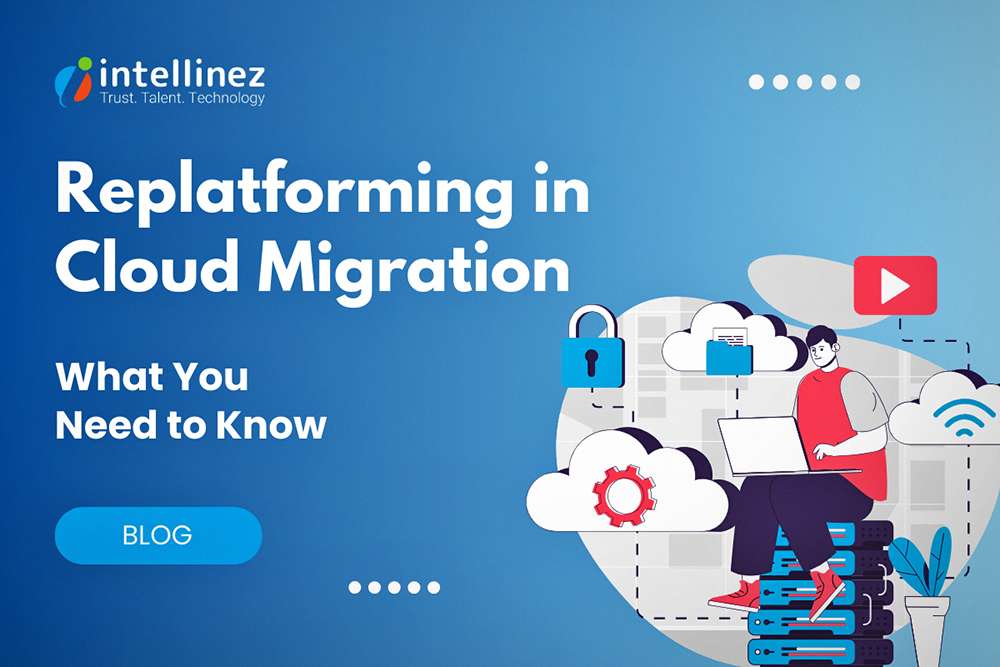




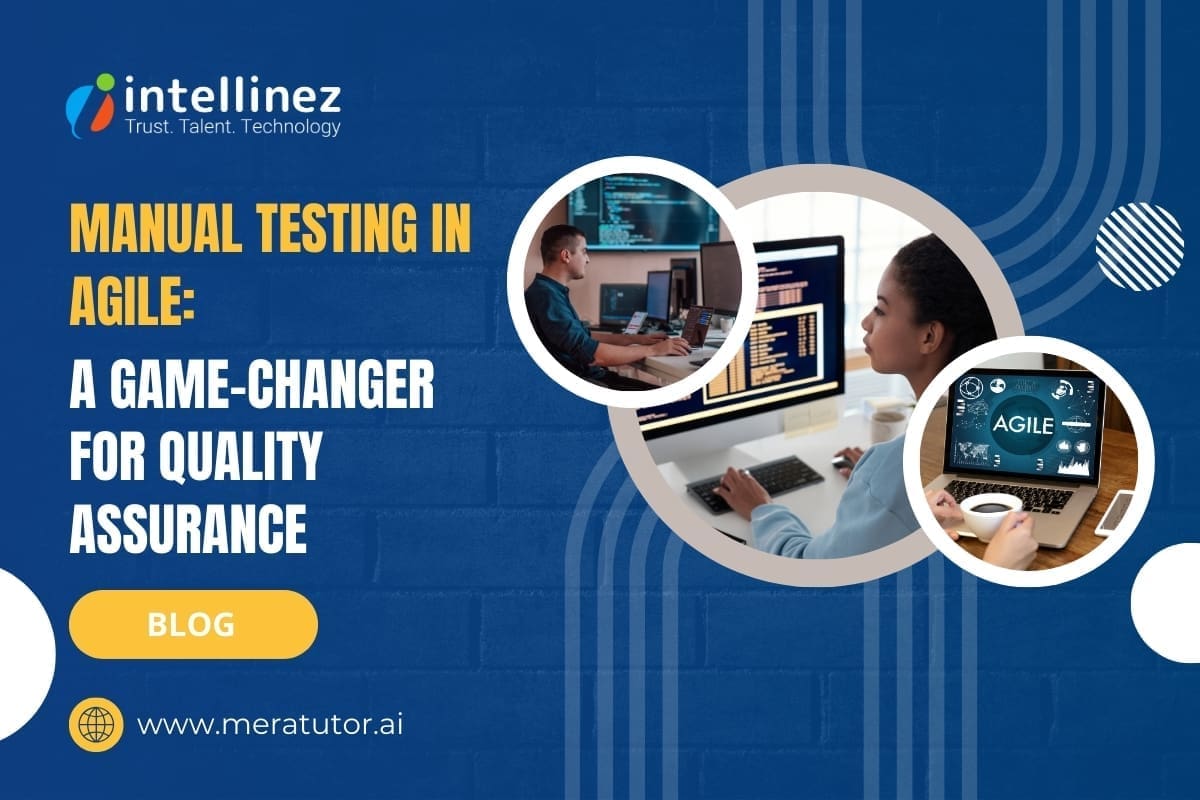




![A Comprehensive Guide to AWS SaaS Architecture [Diagram Included] 89 Aws SaaS Architecture](http://www.intellinez.com/wp-content/uploads/2024/08/Title-image.jpg)

